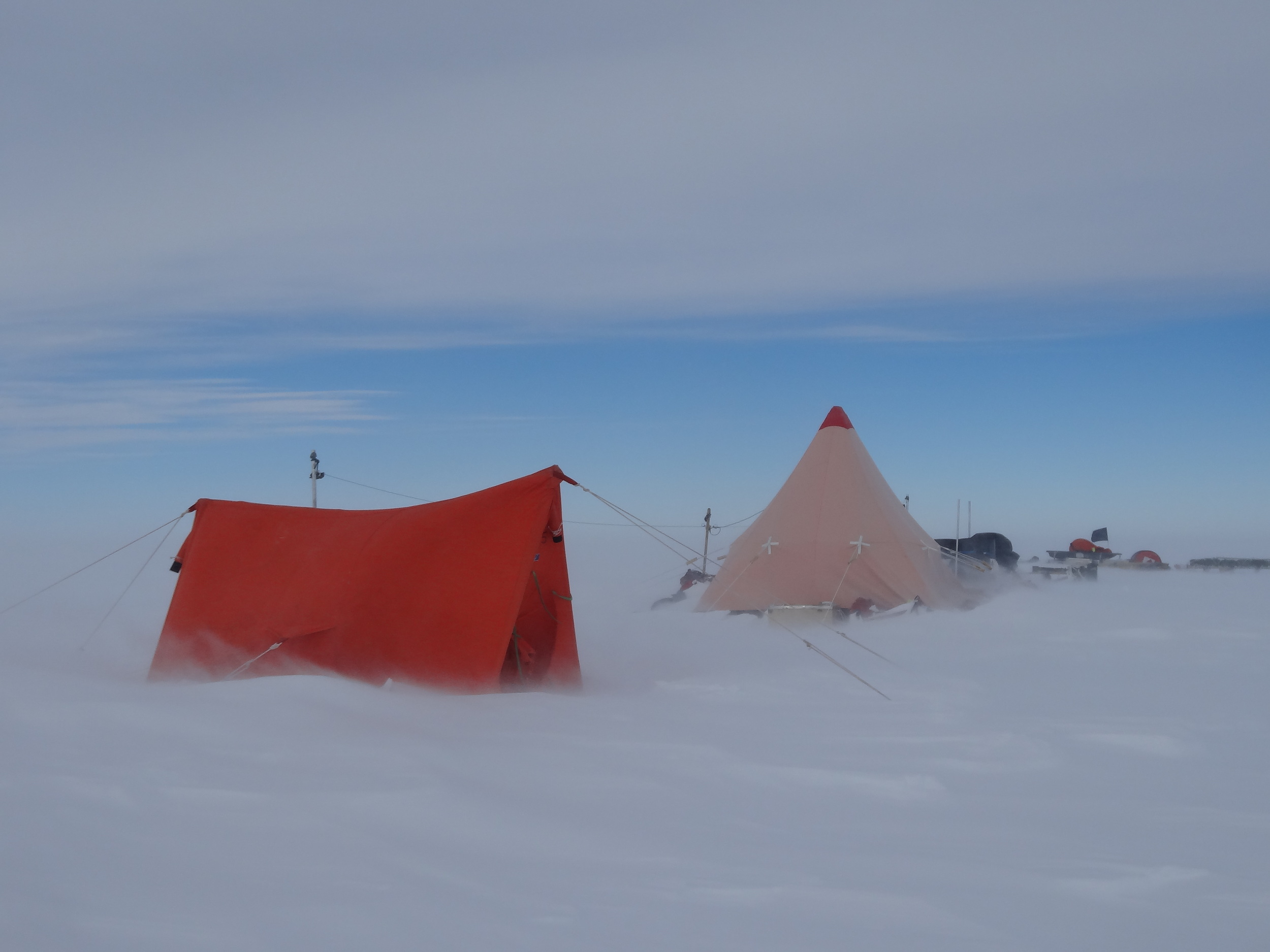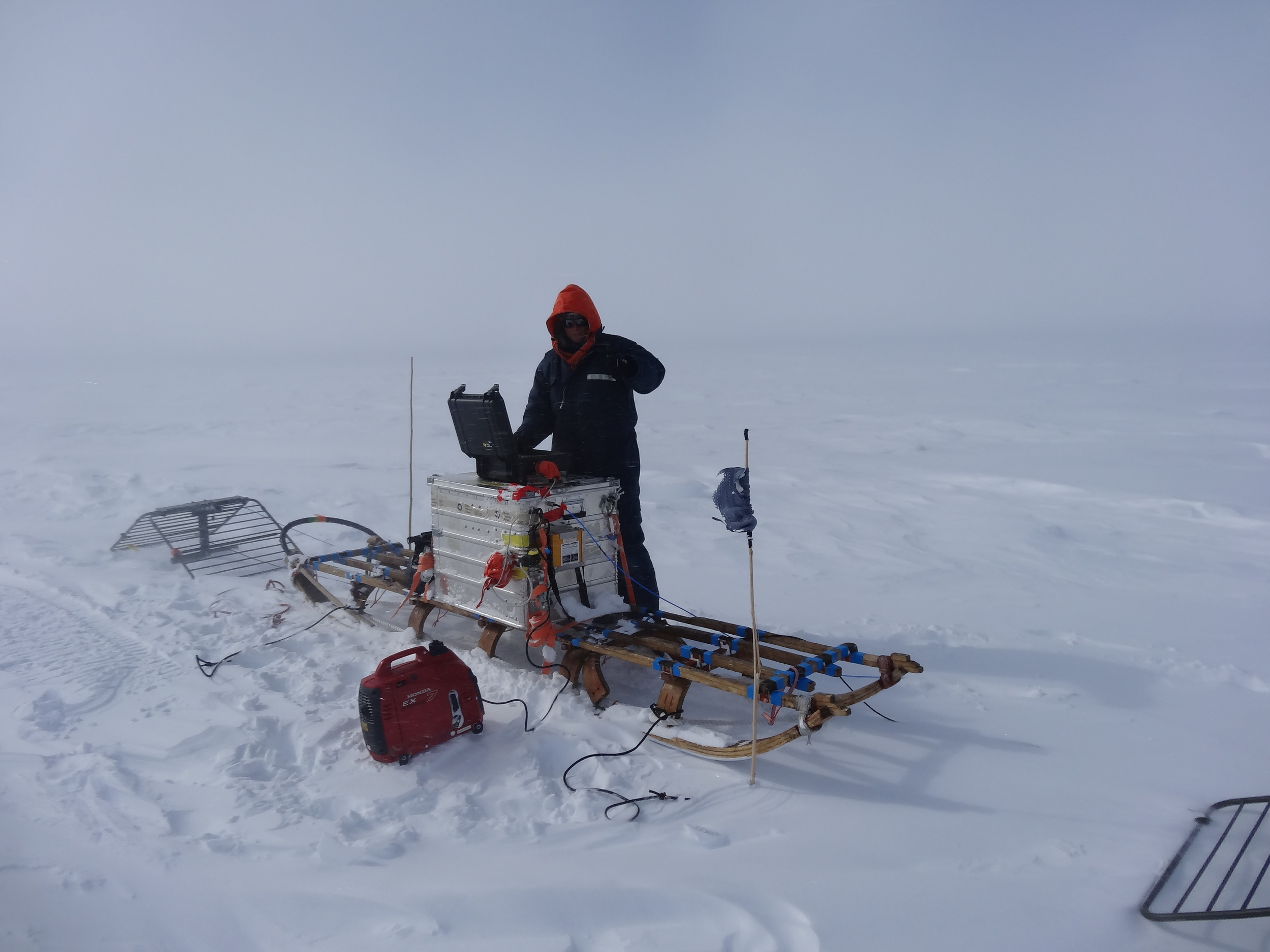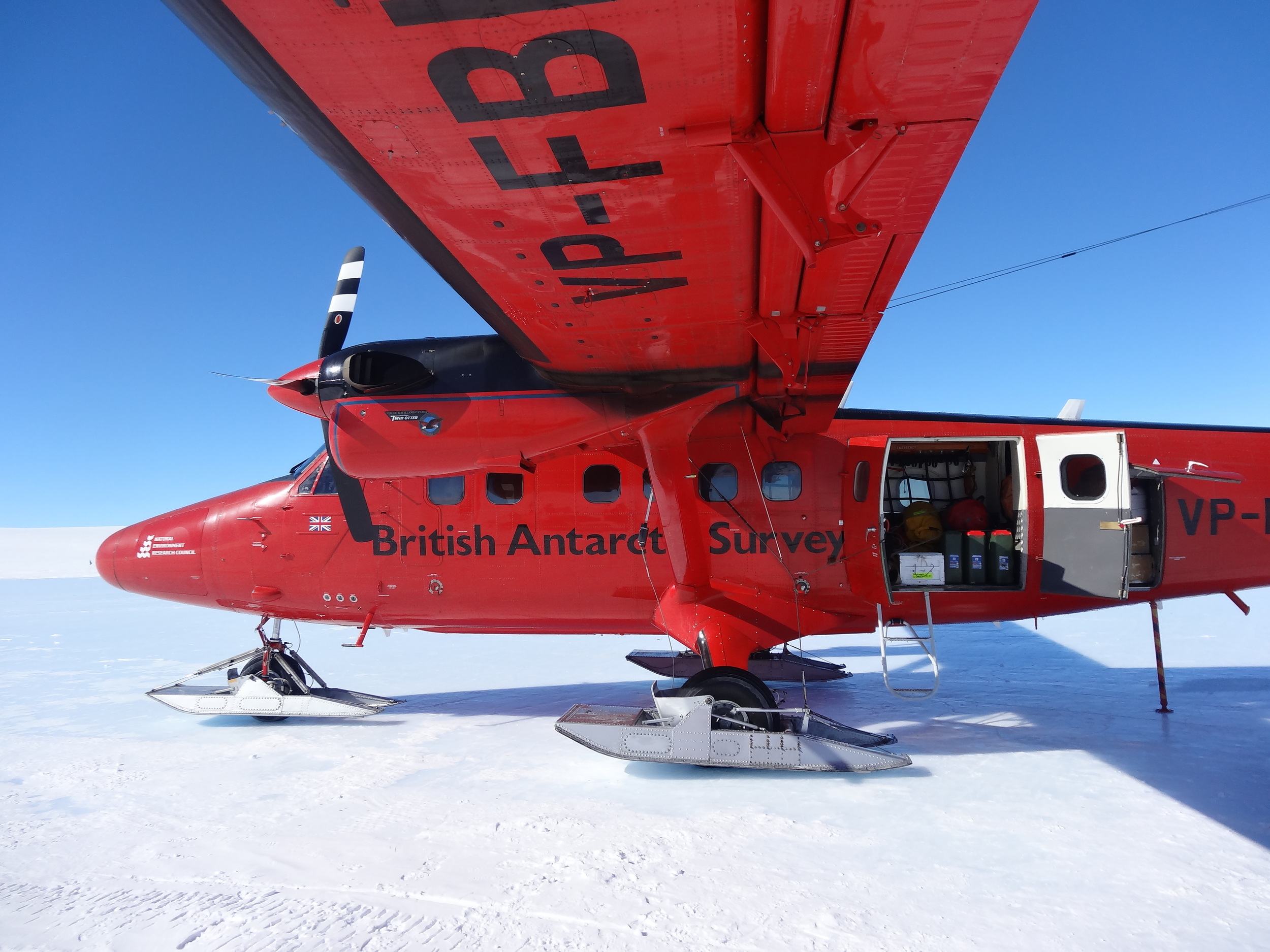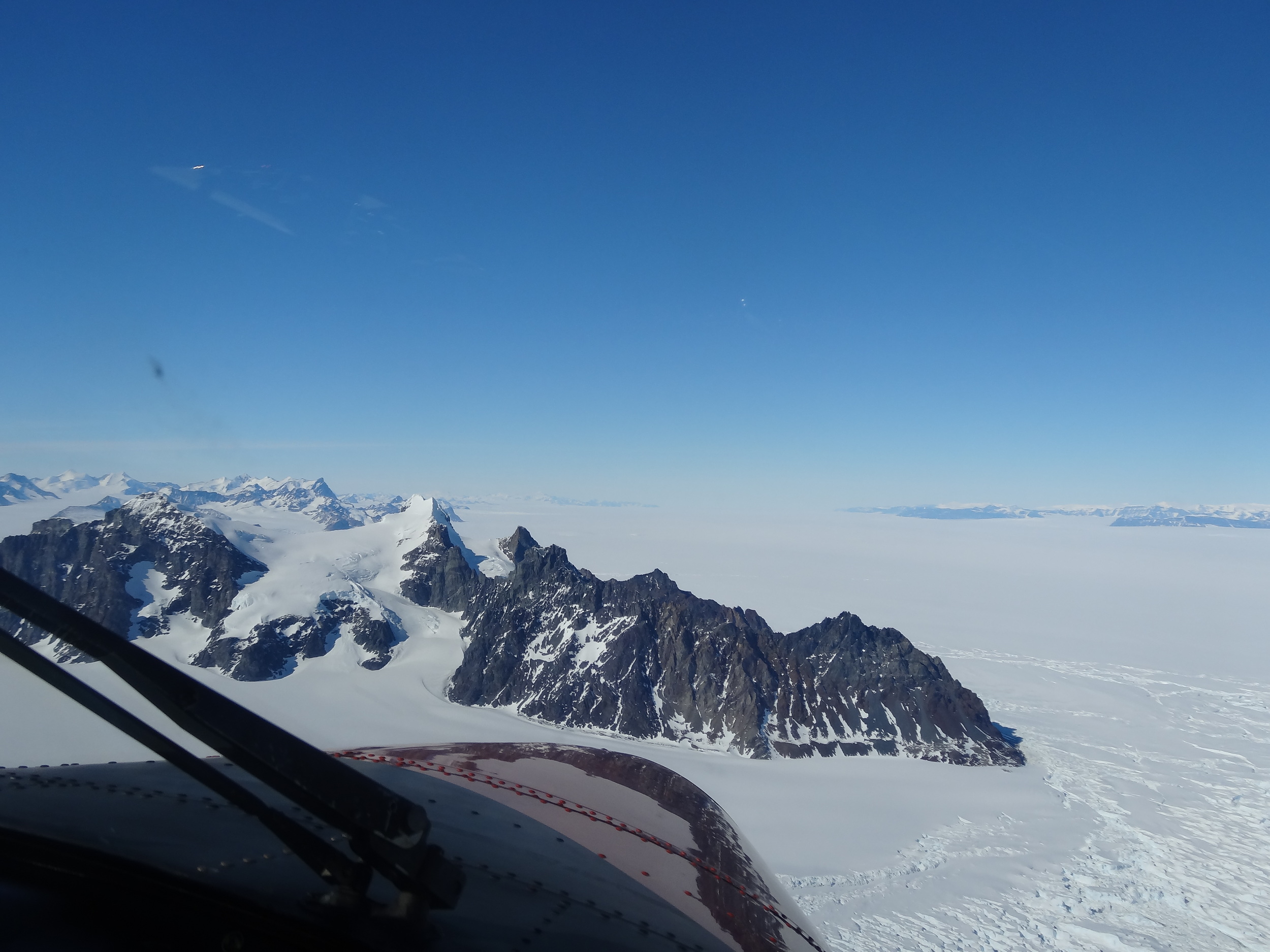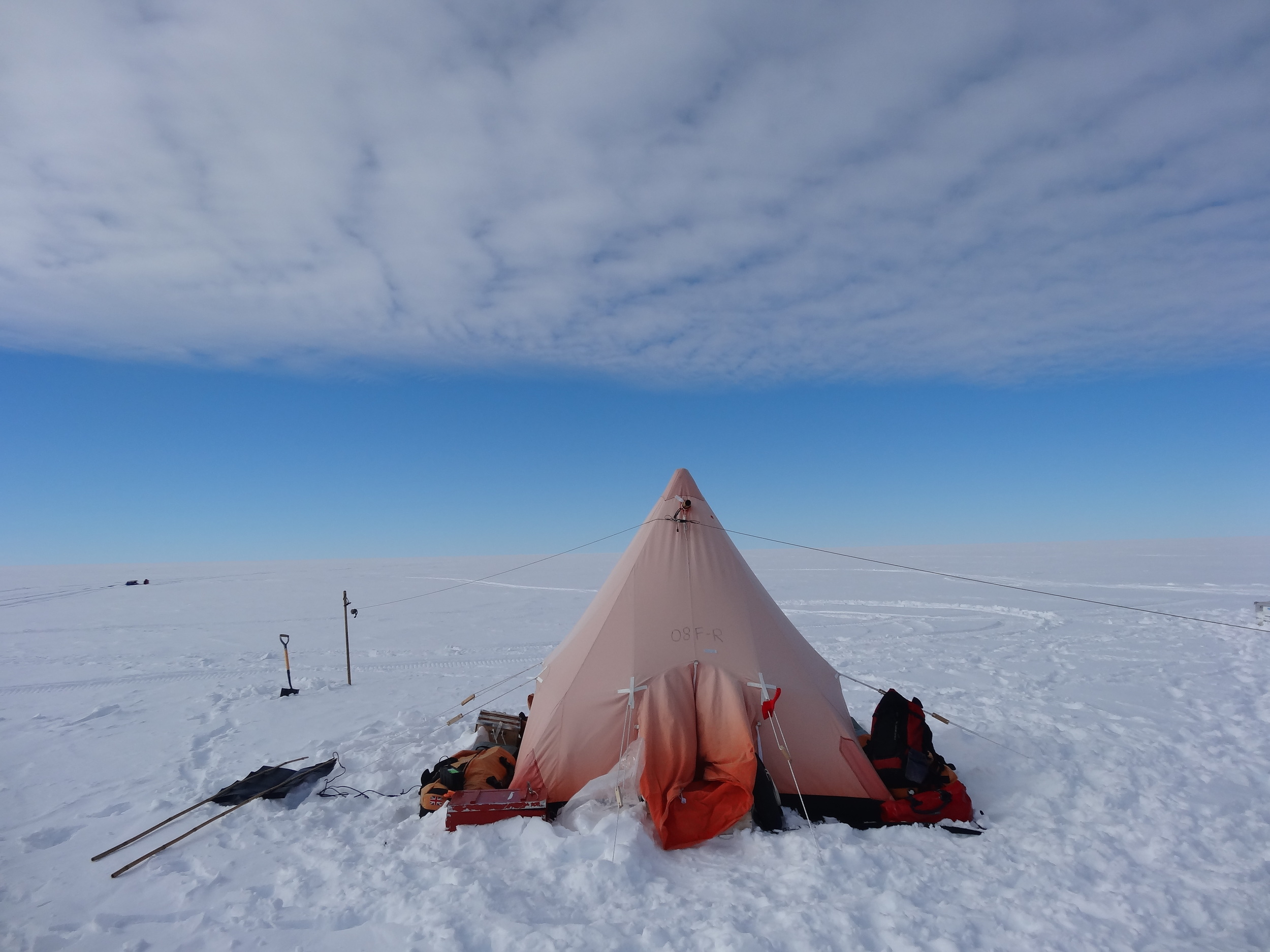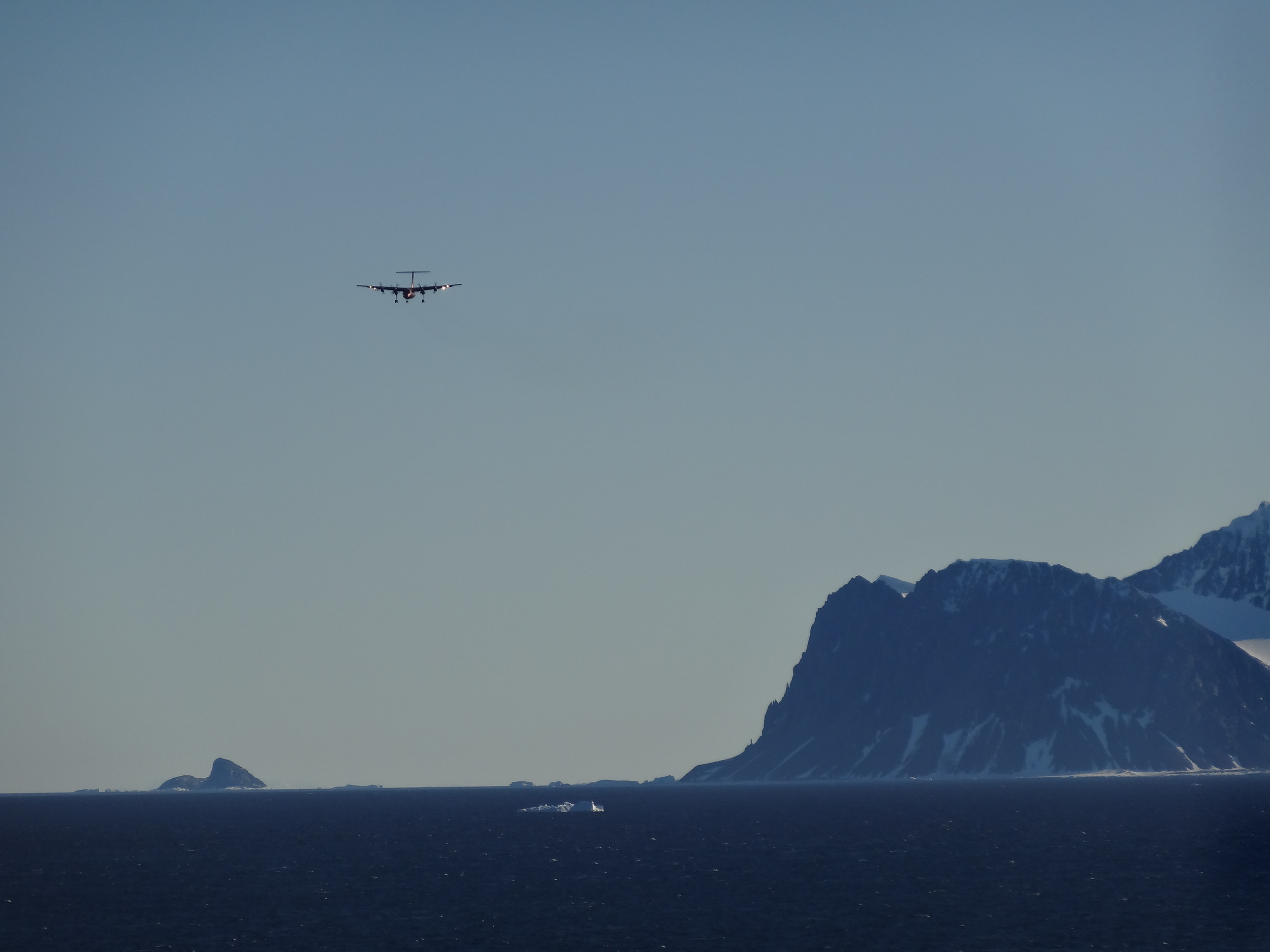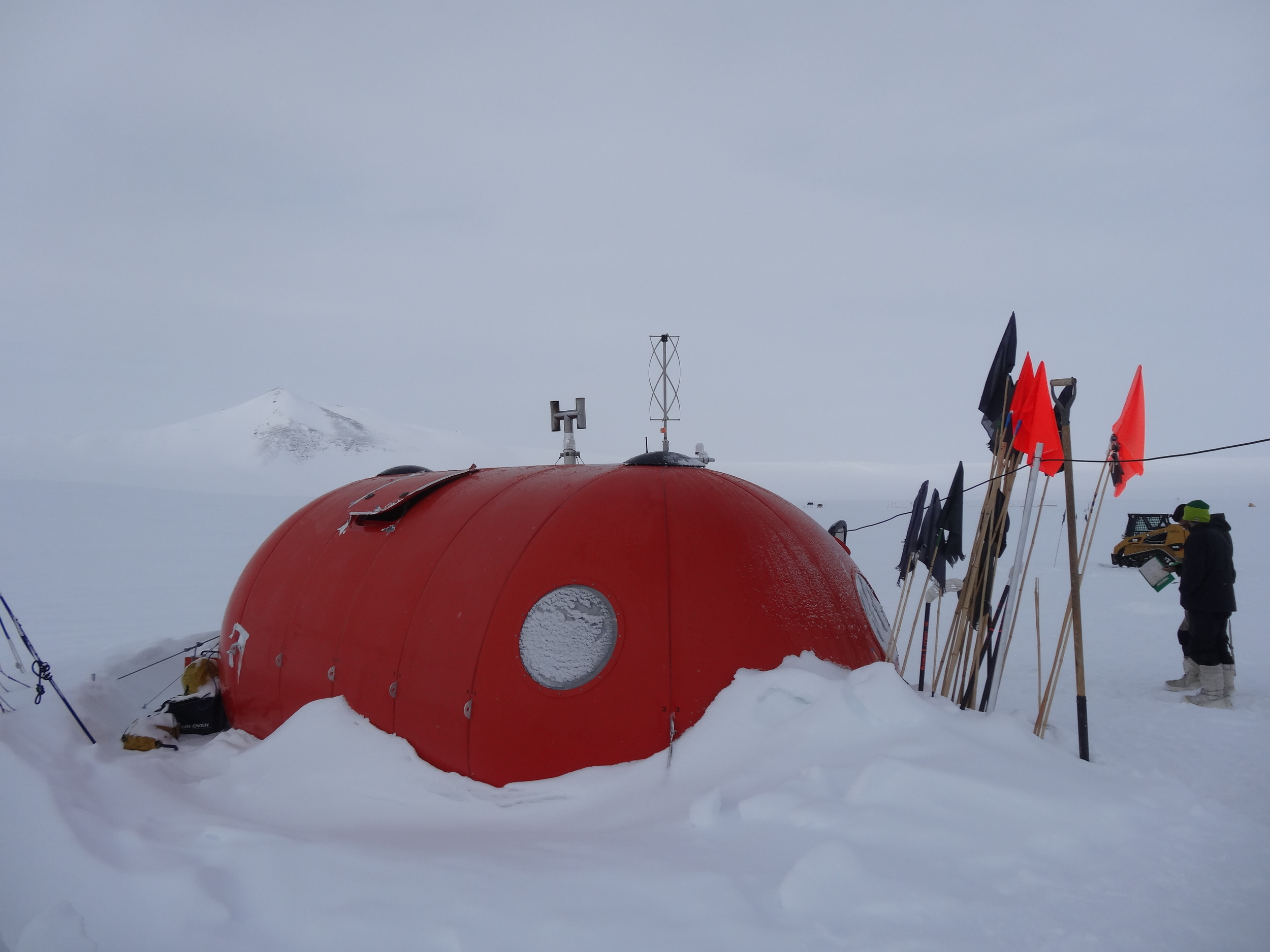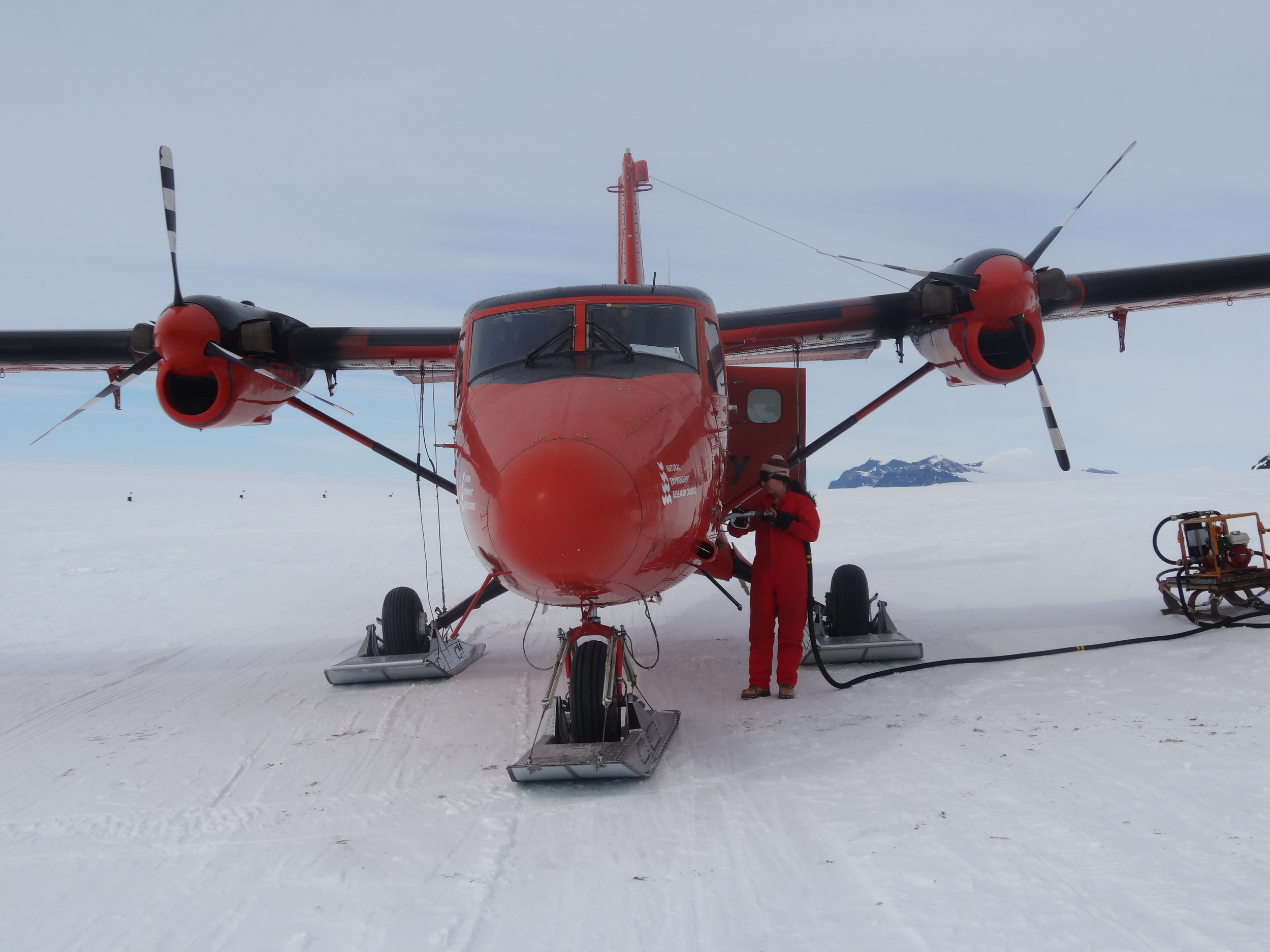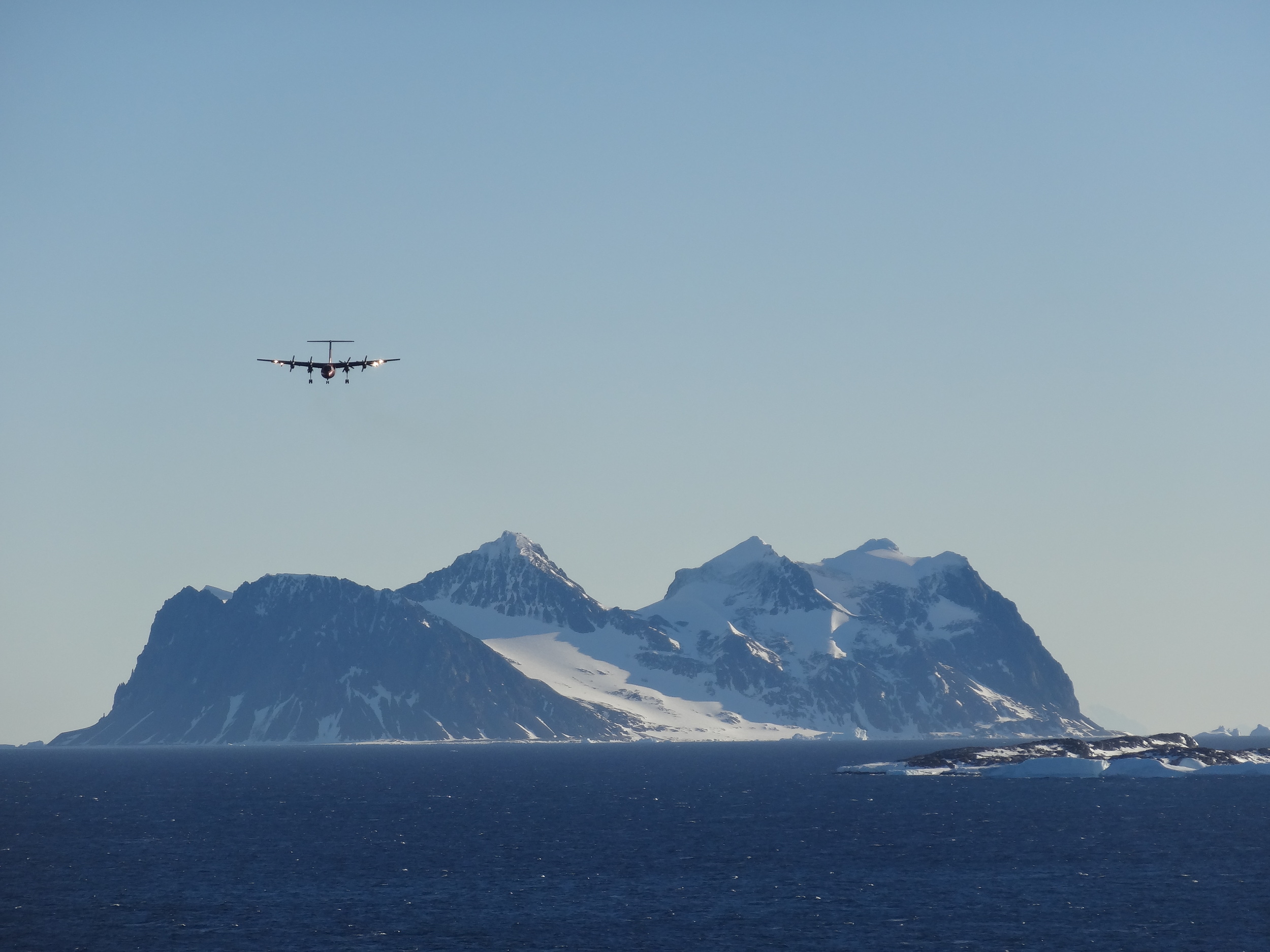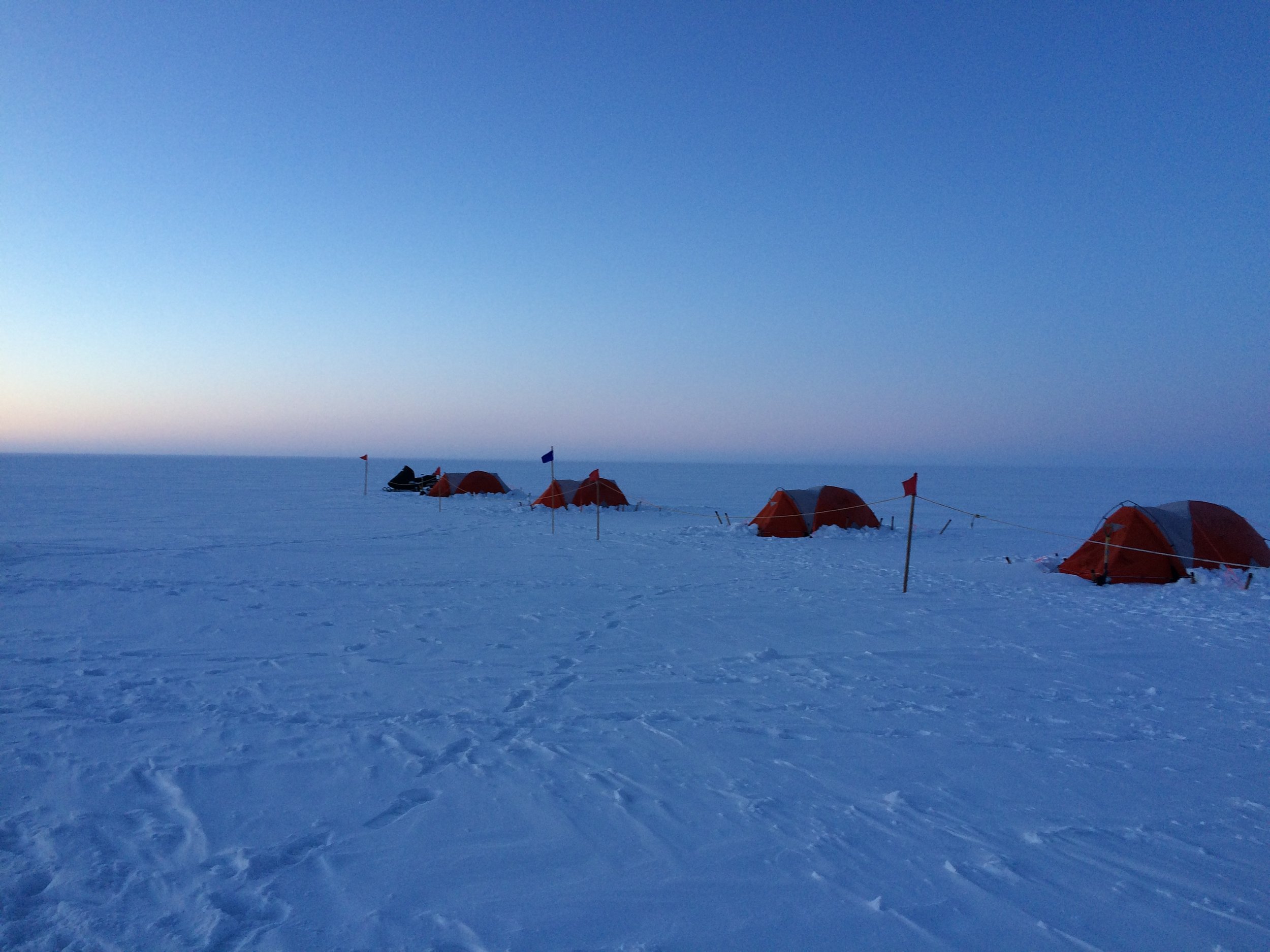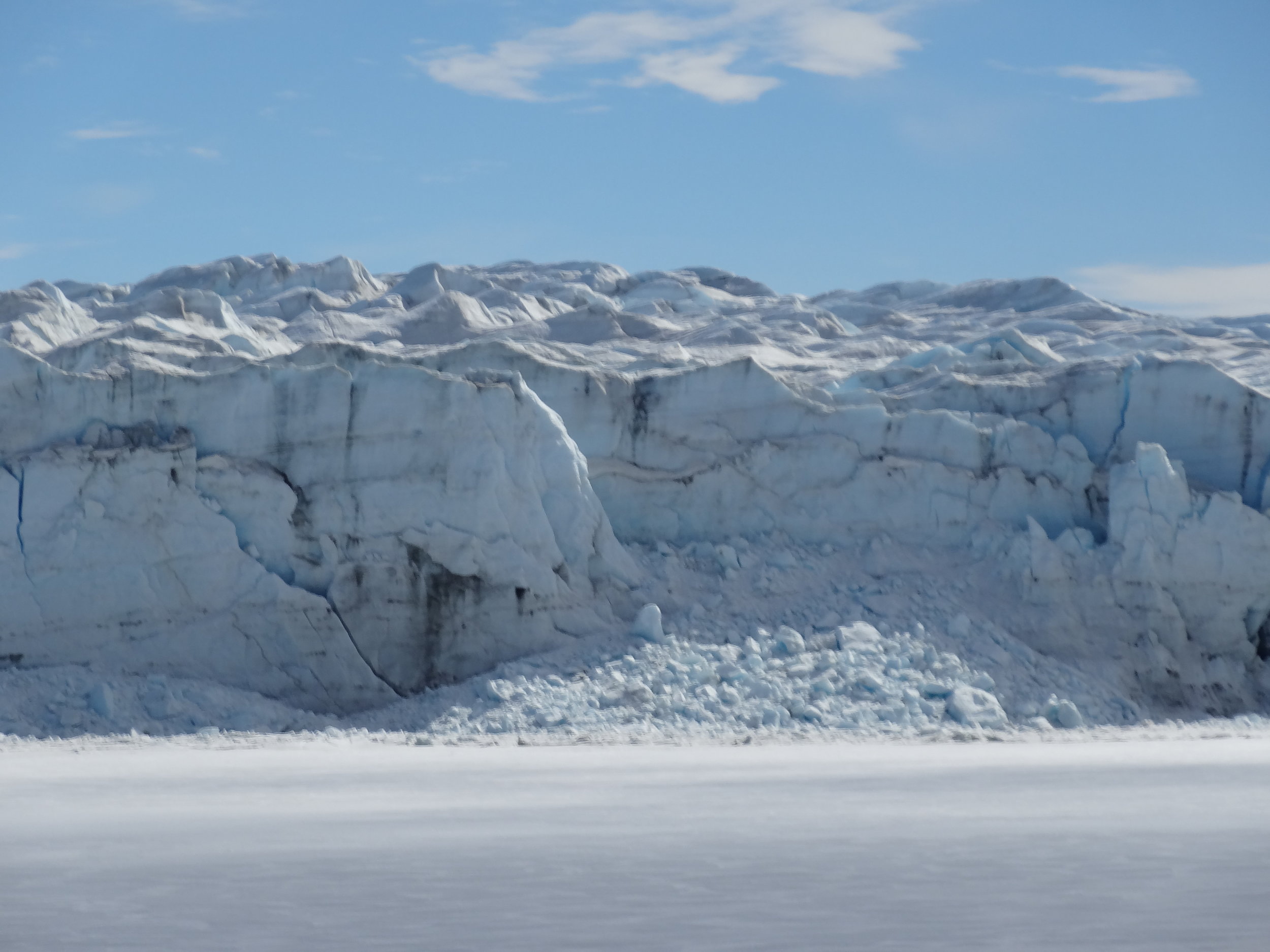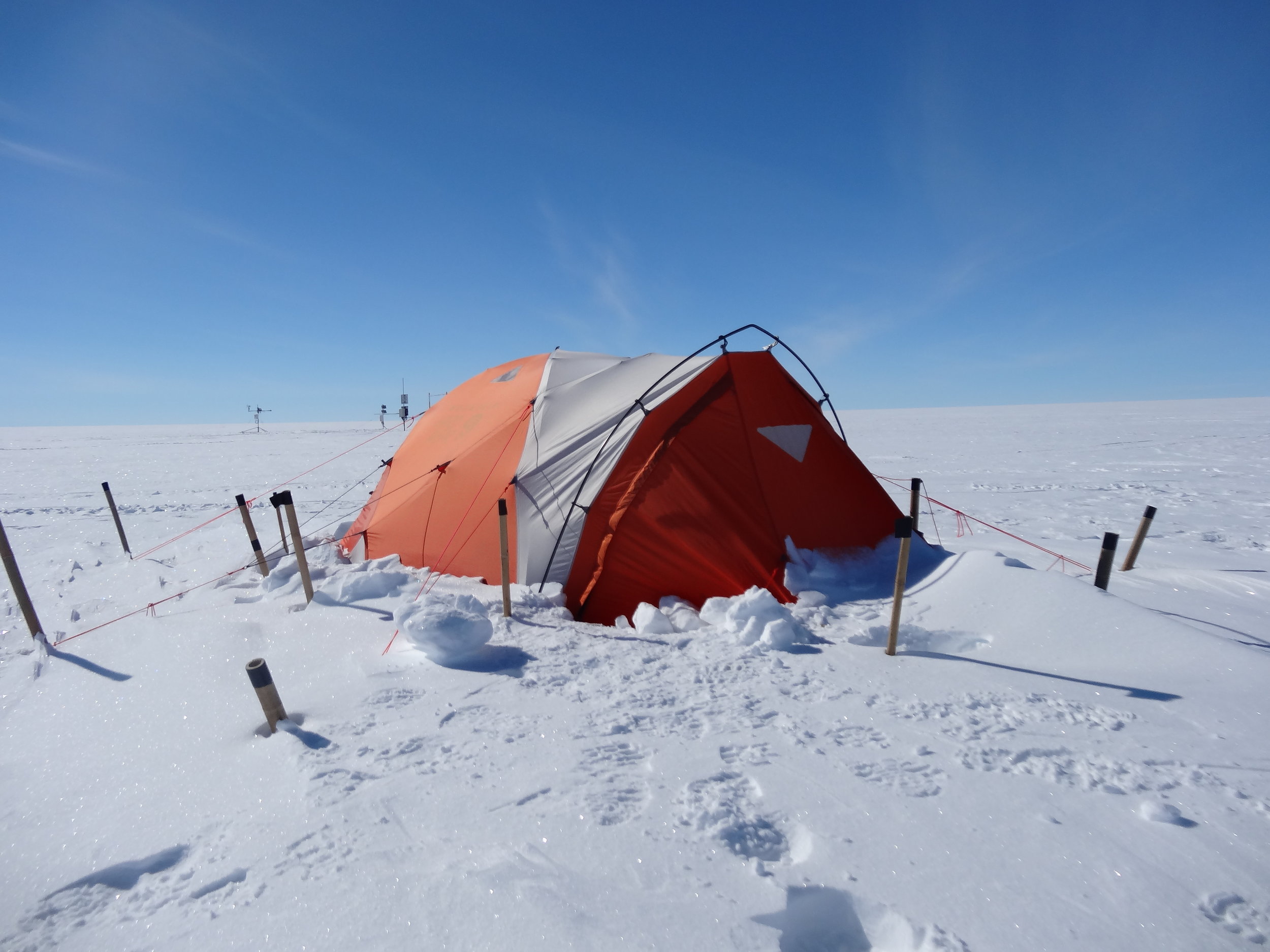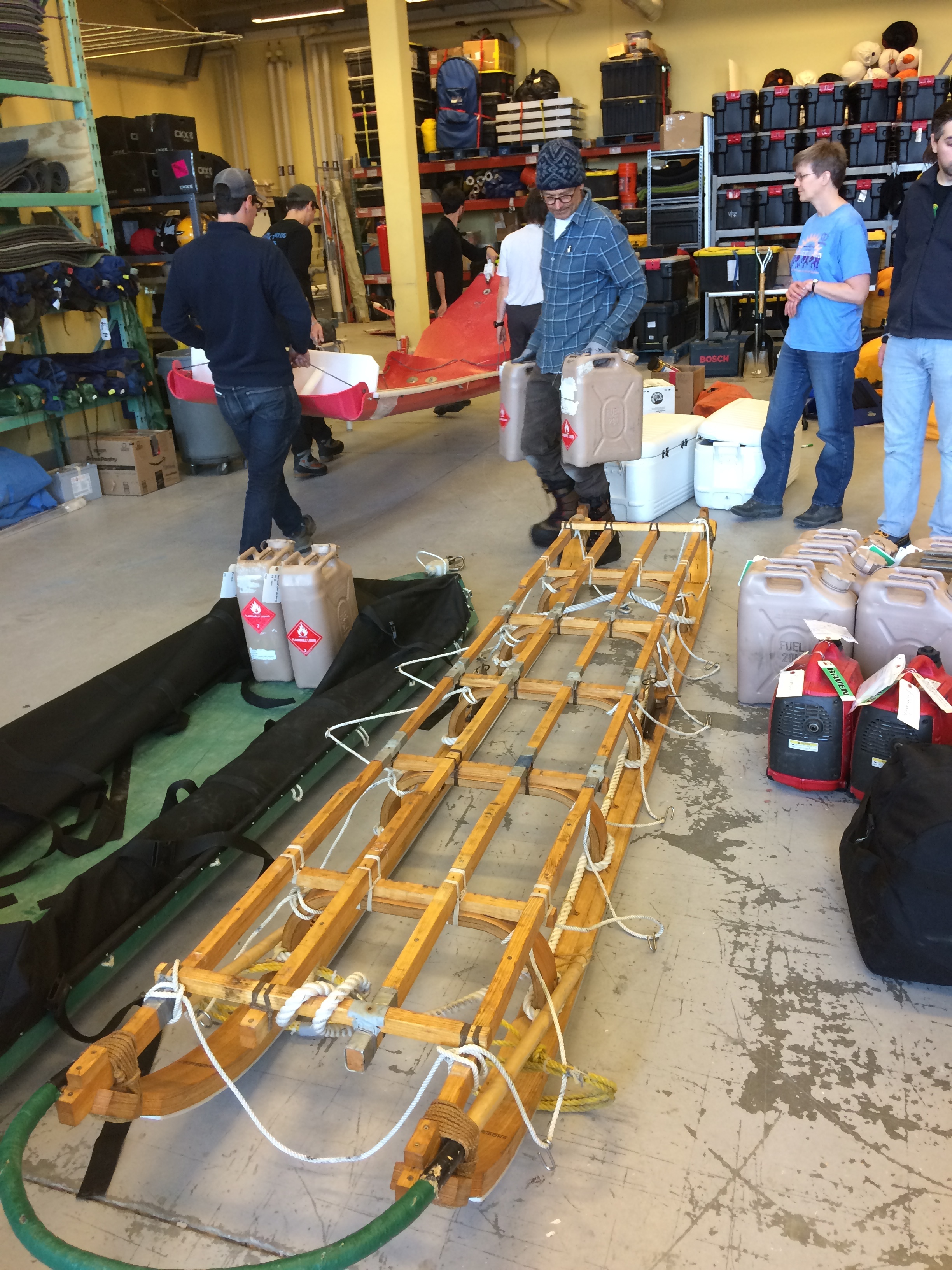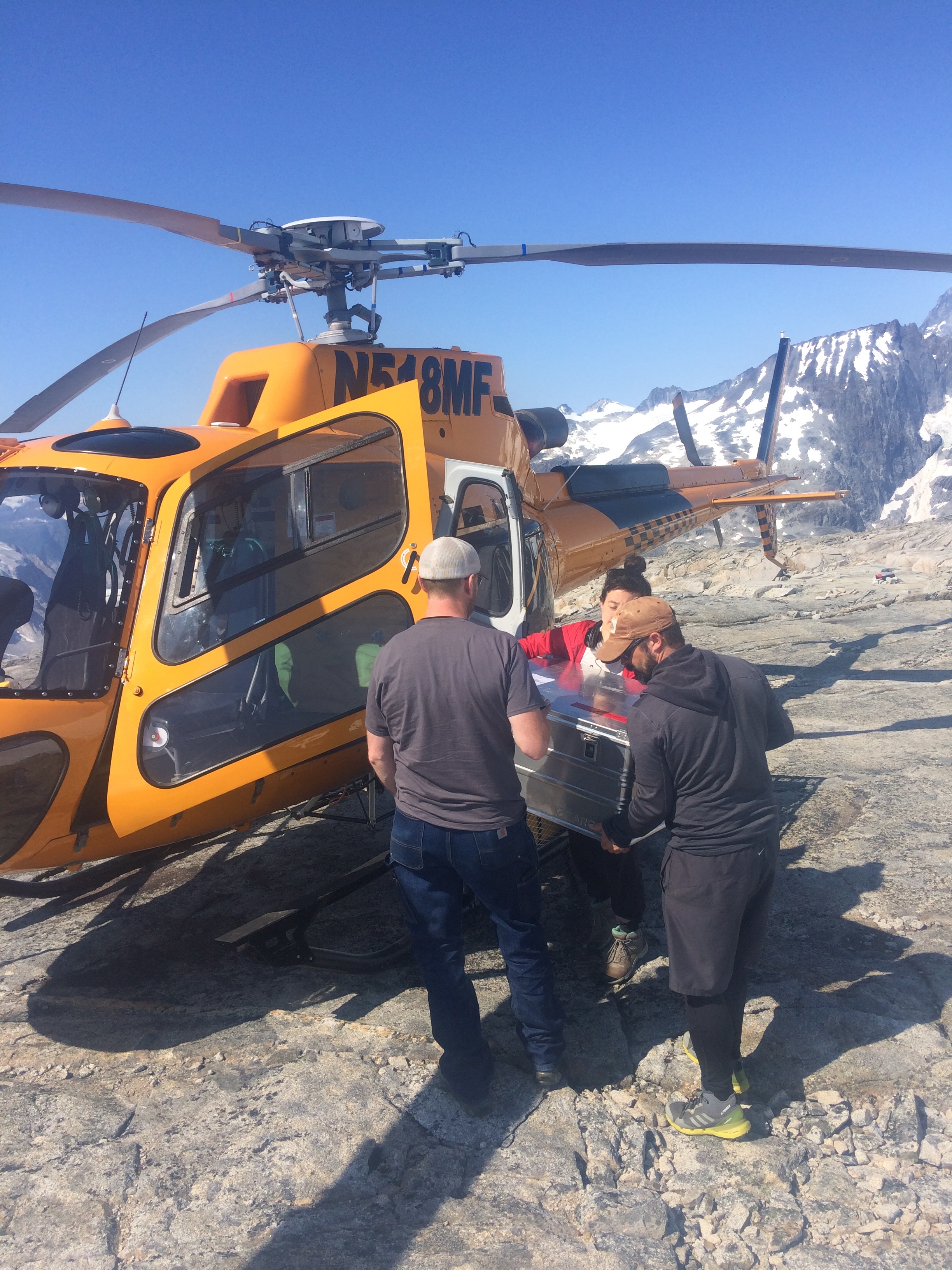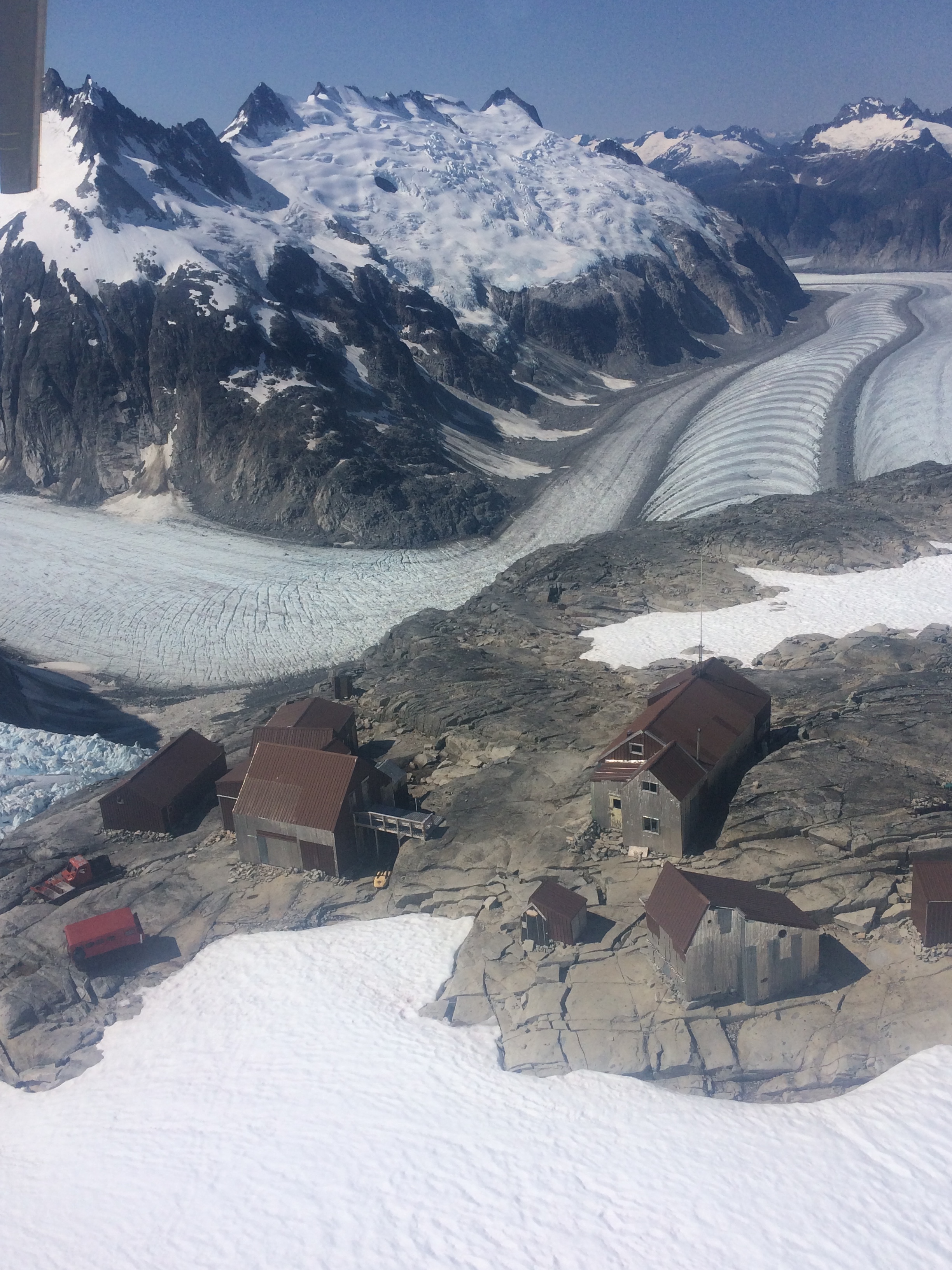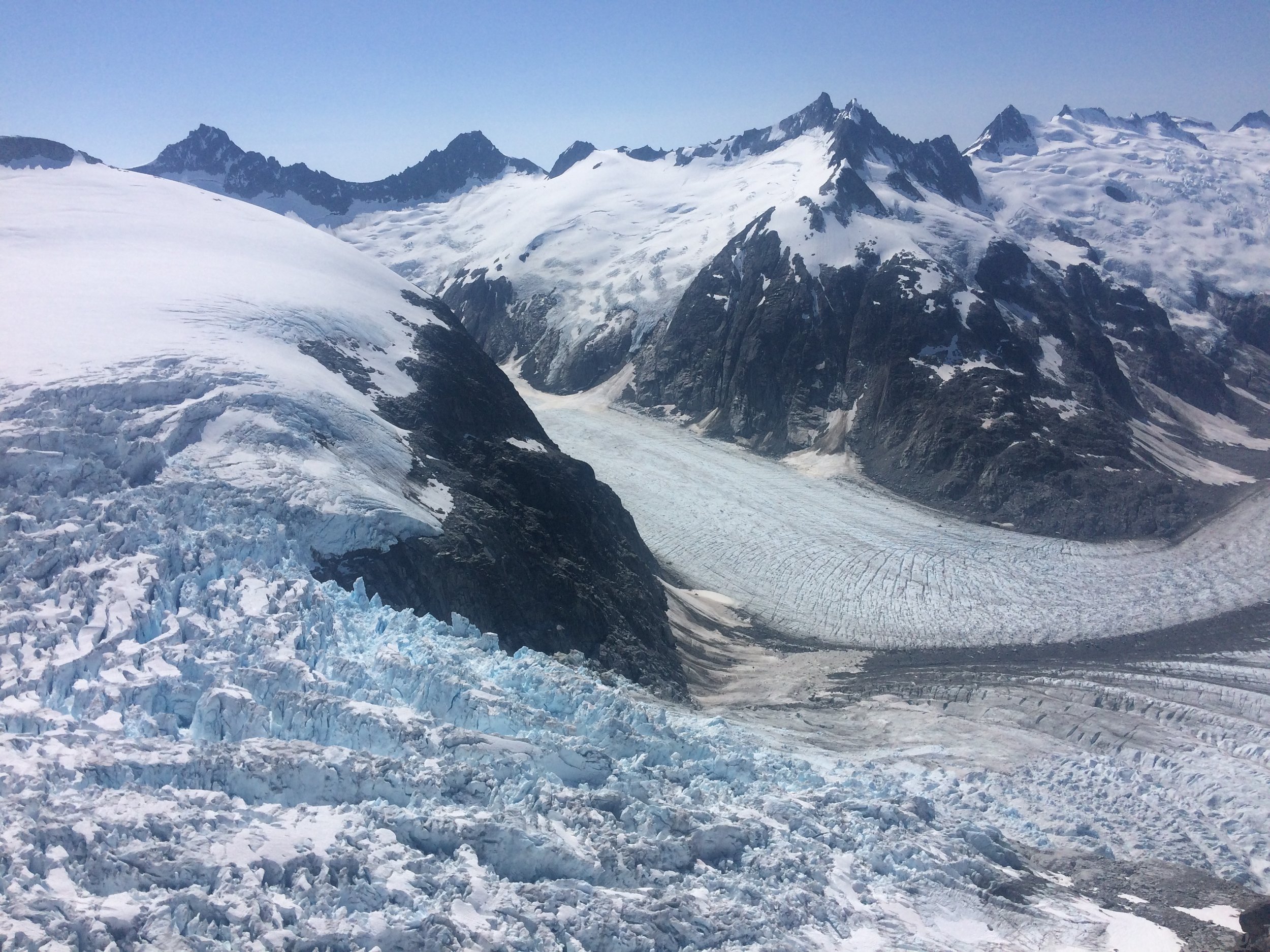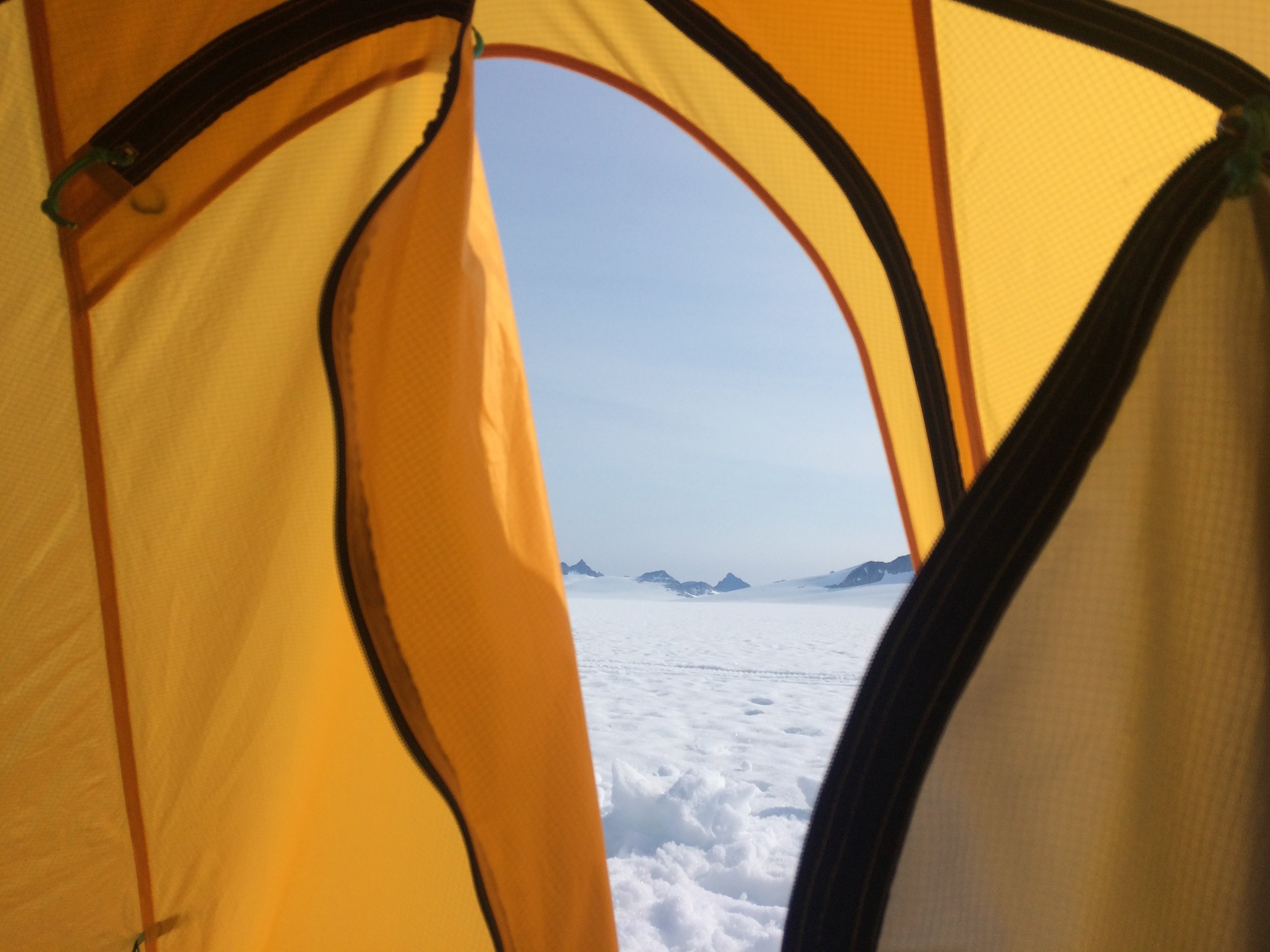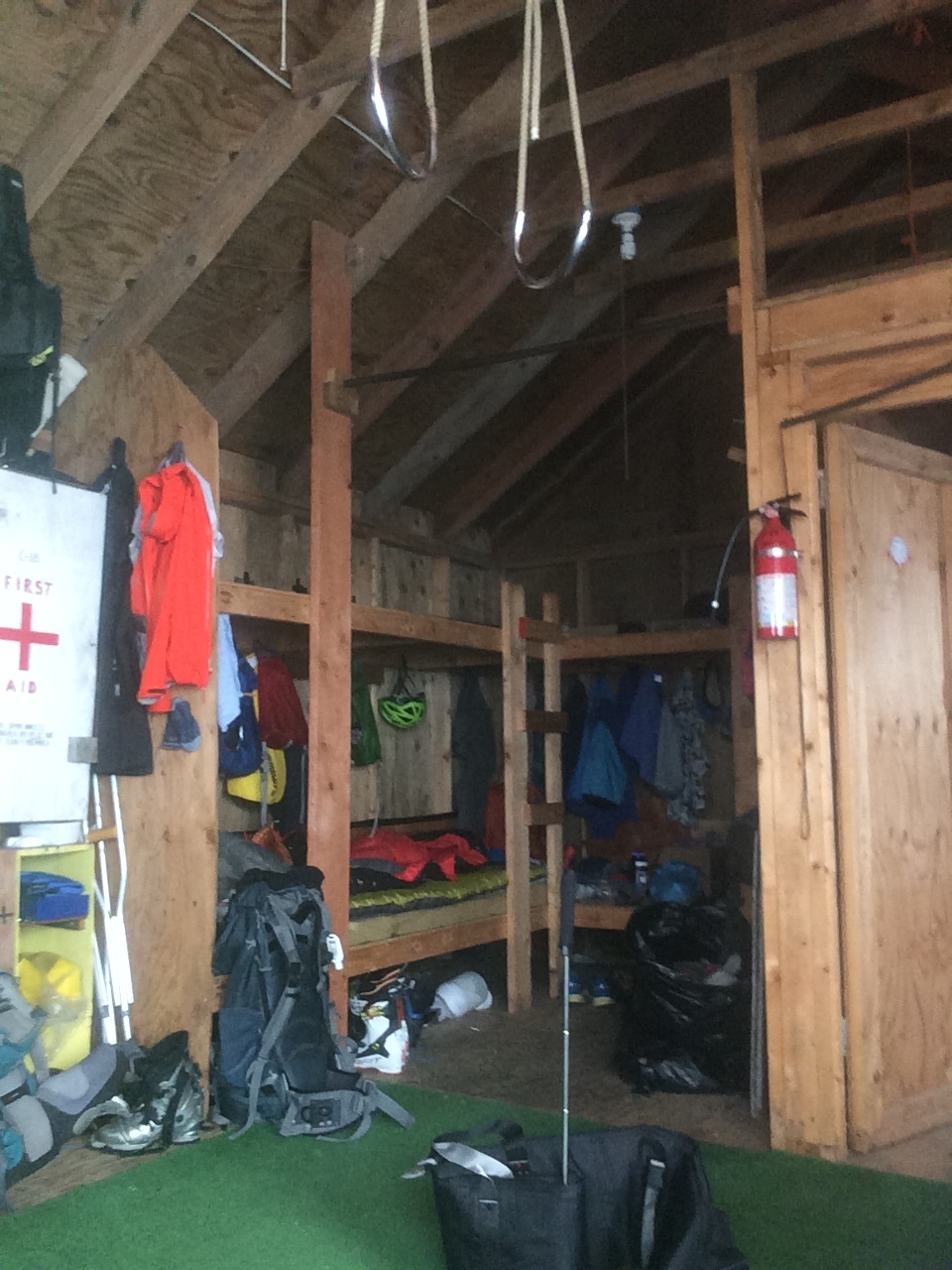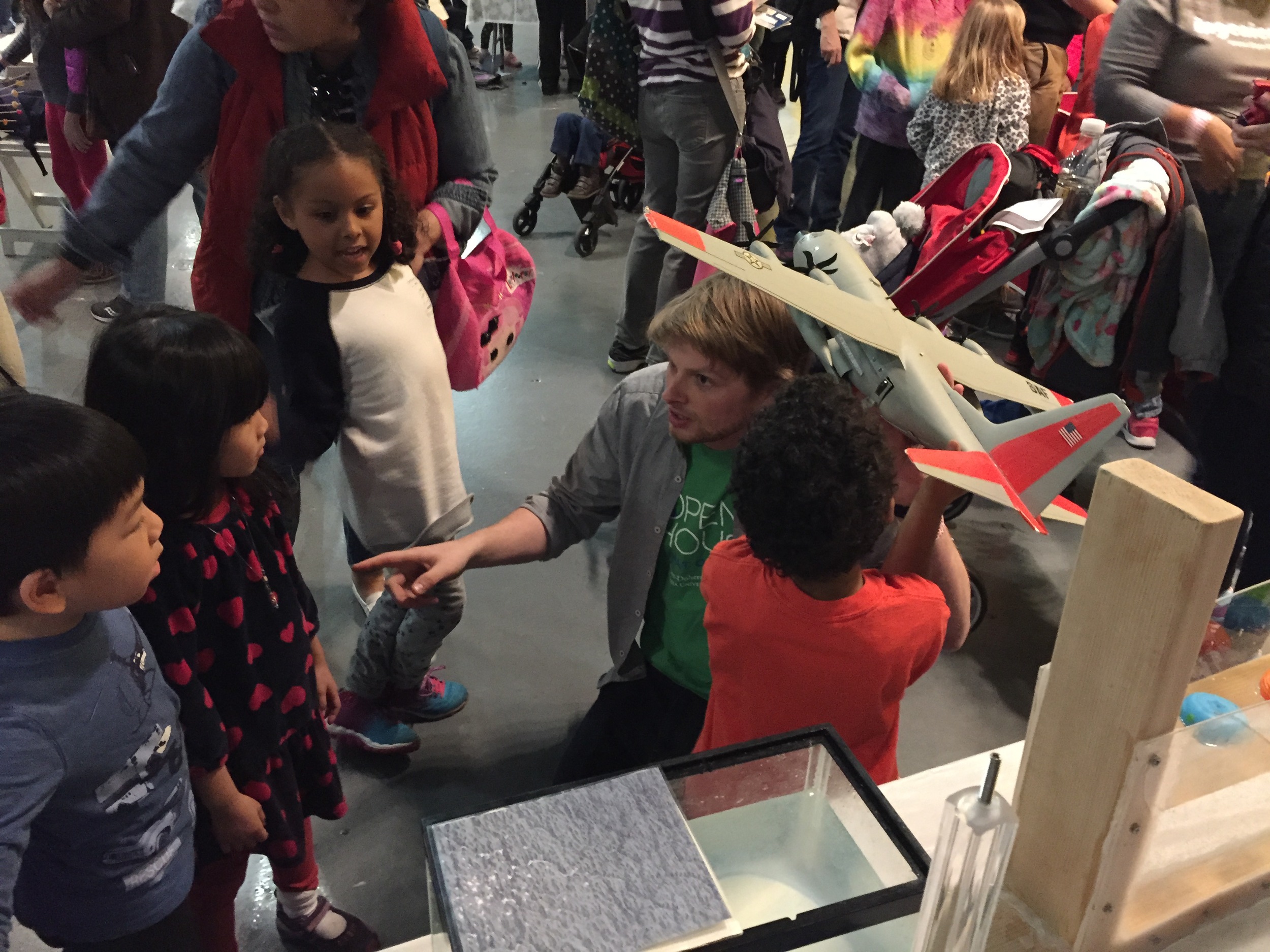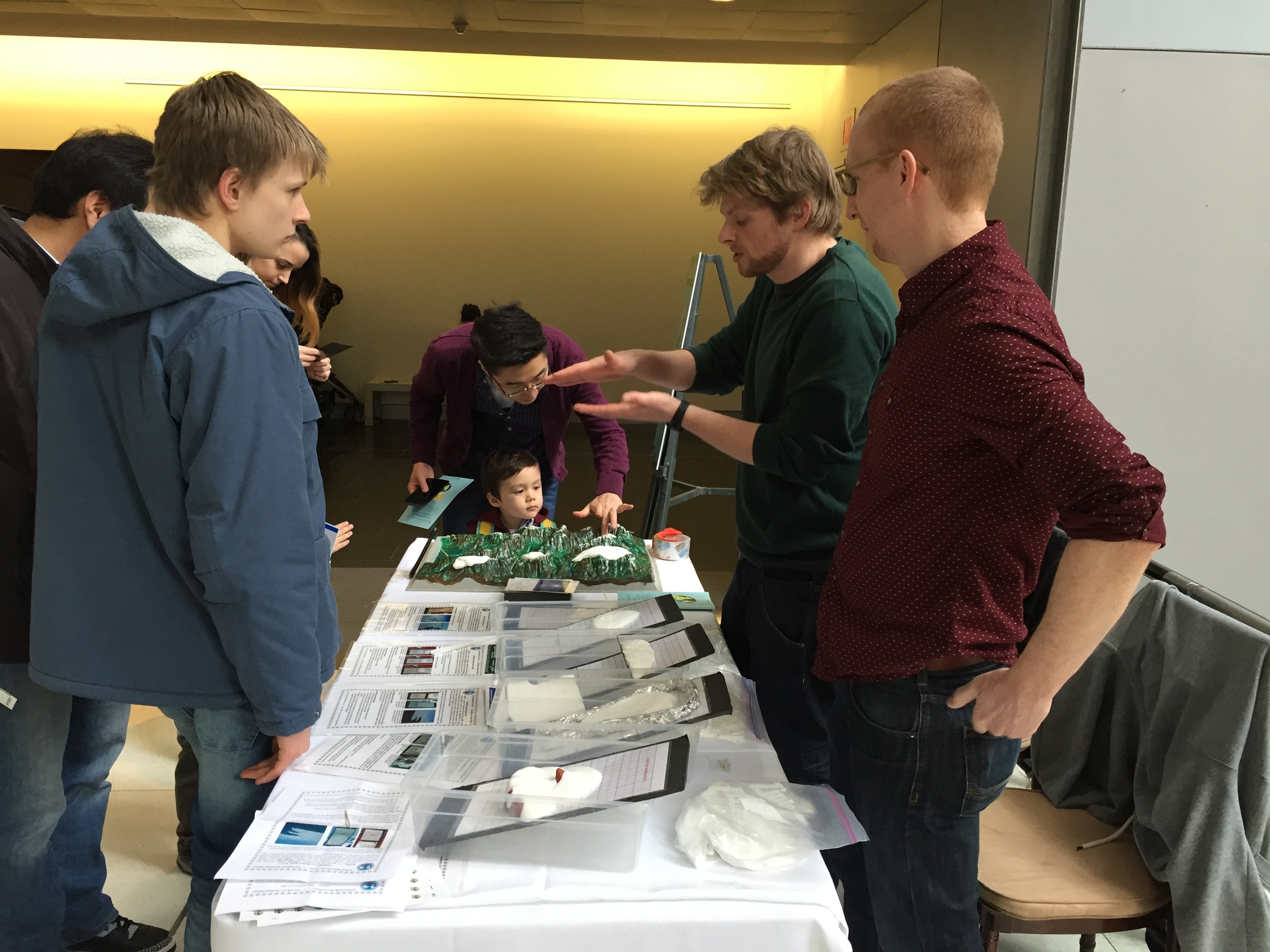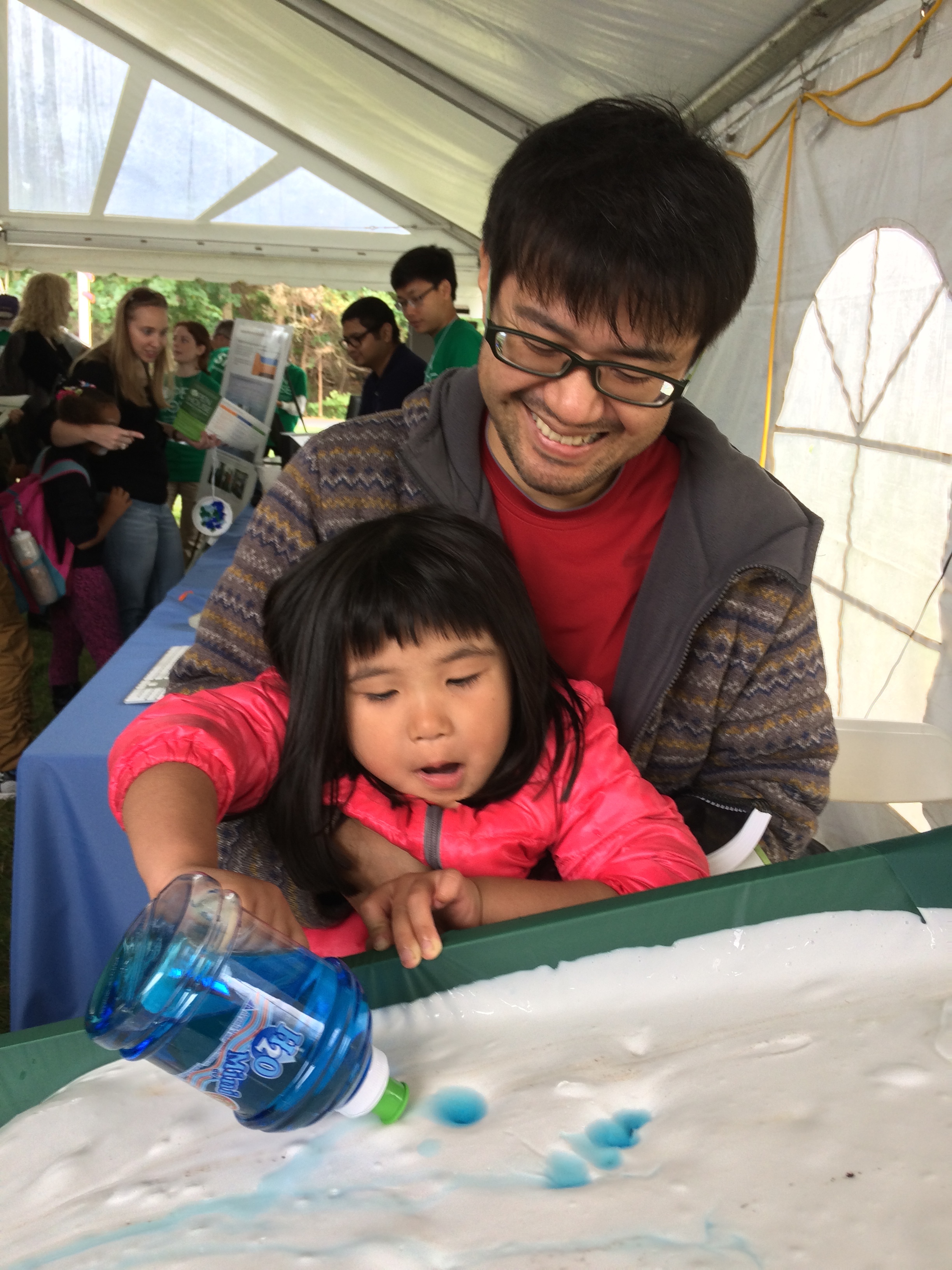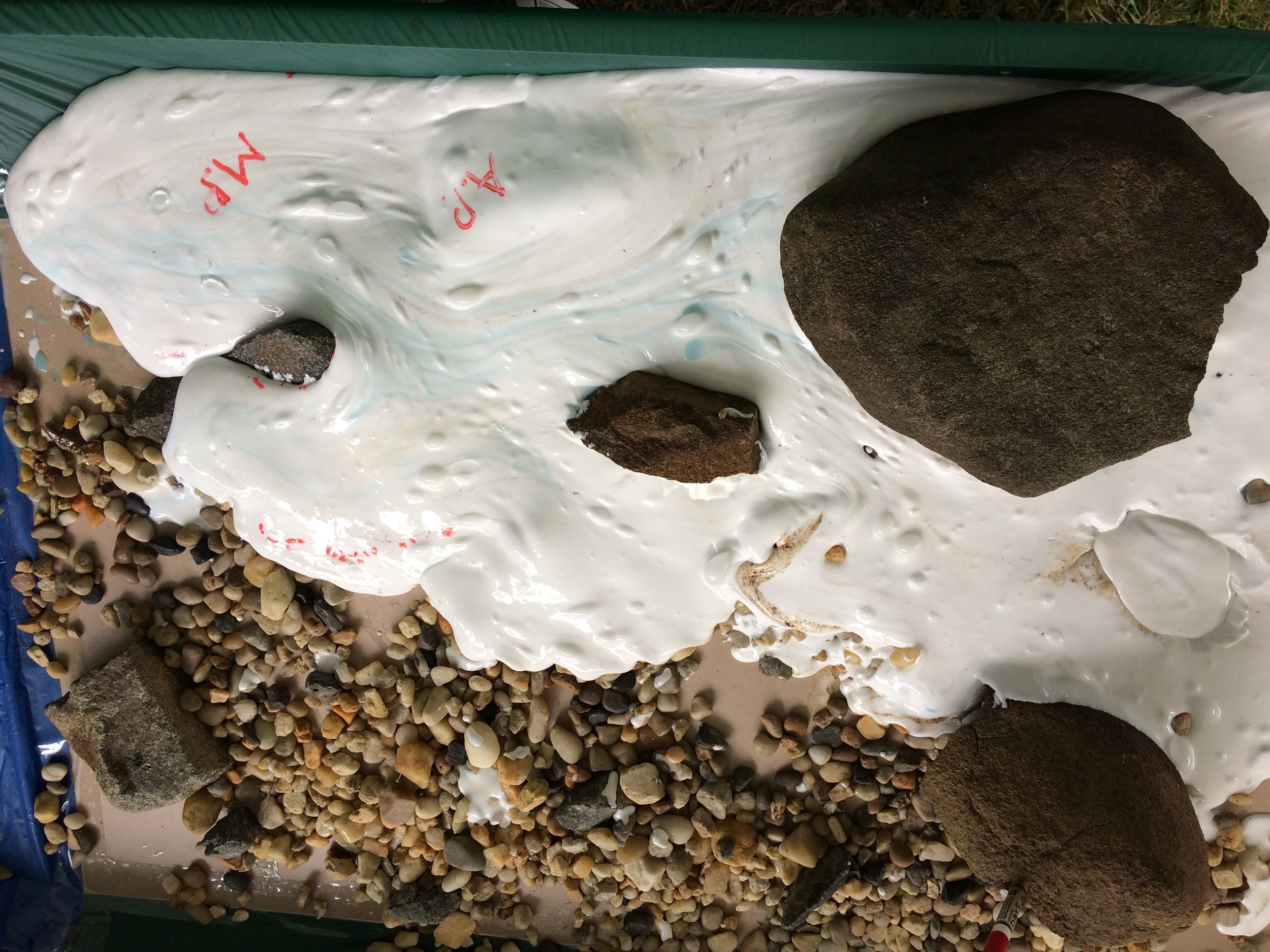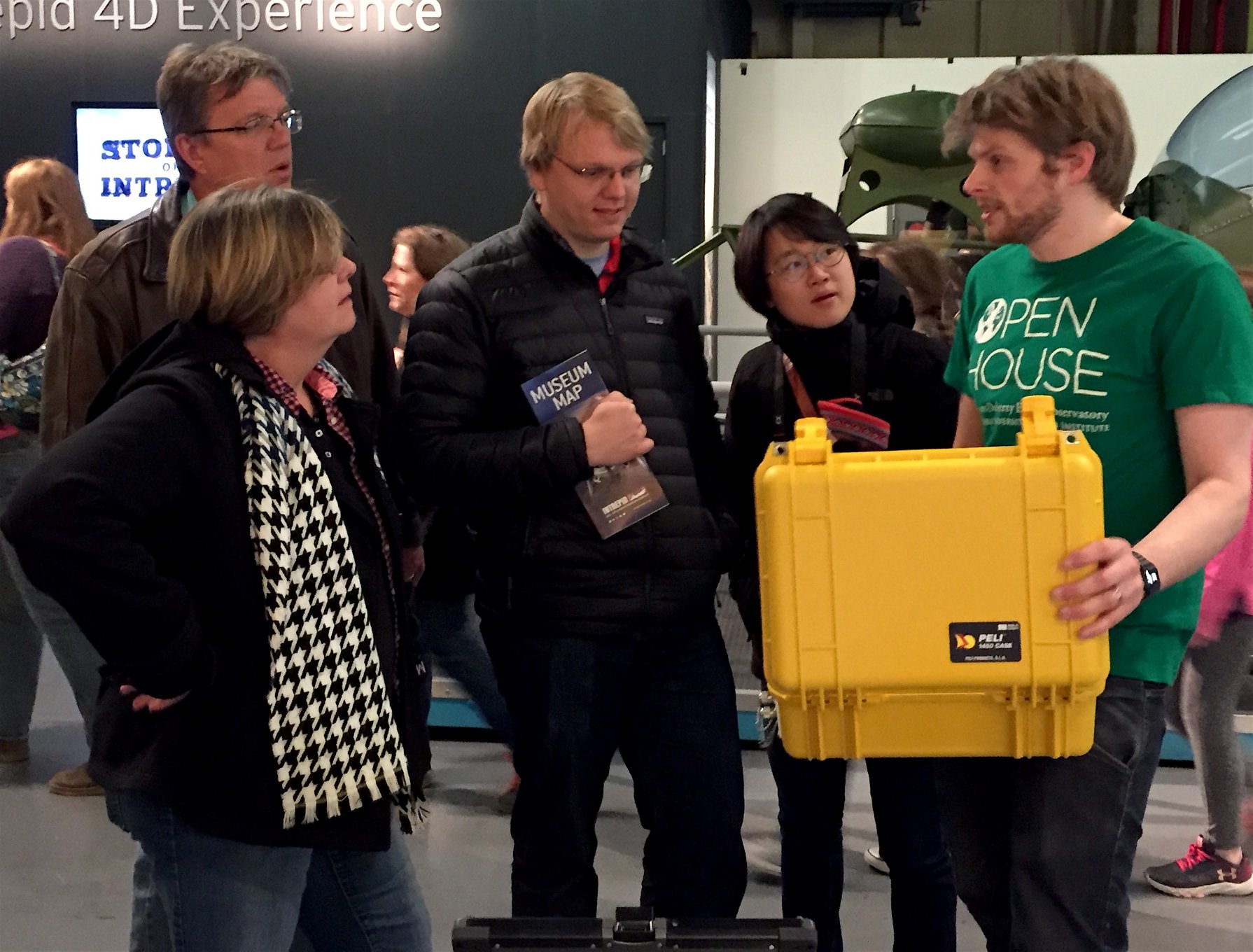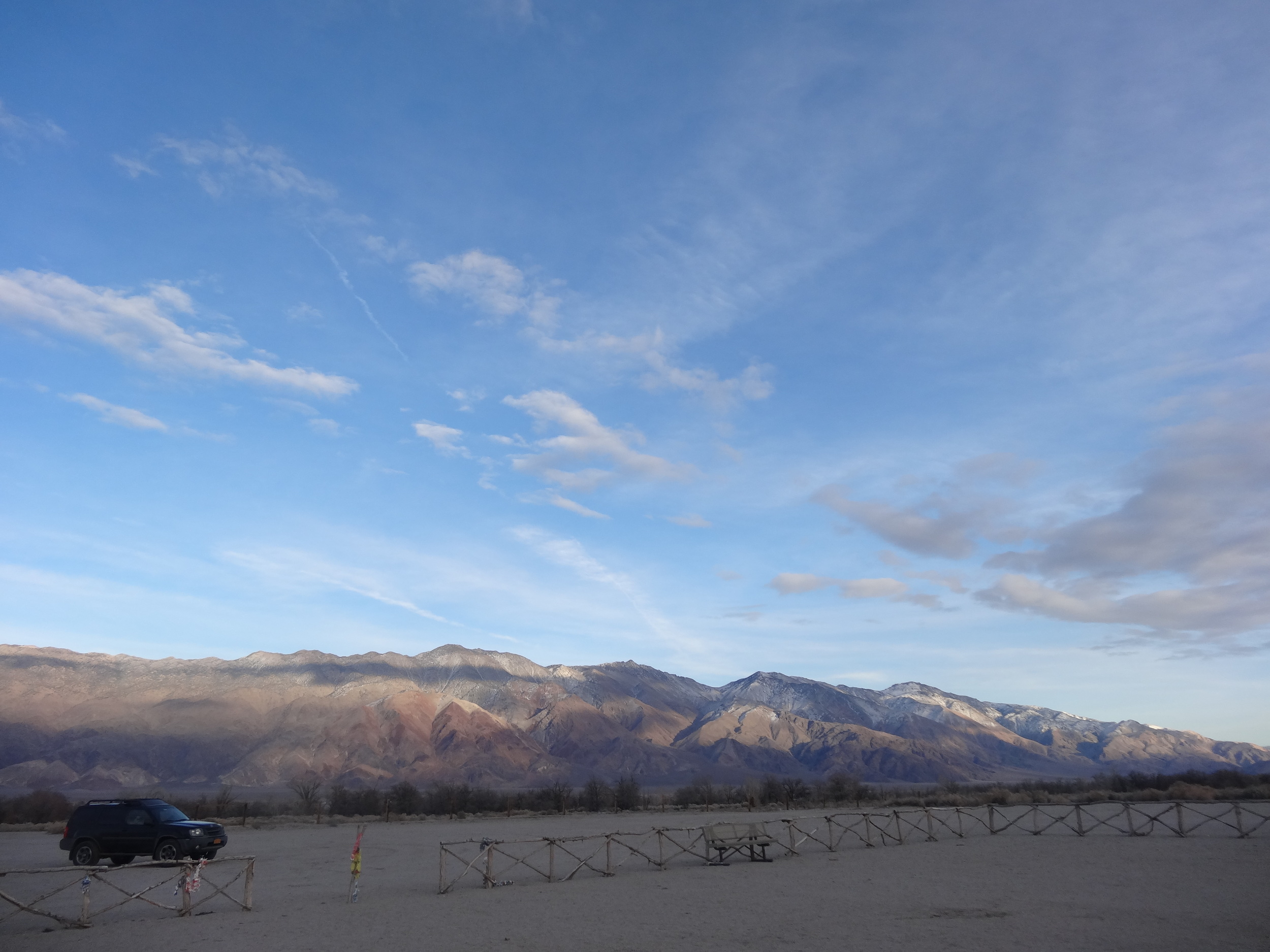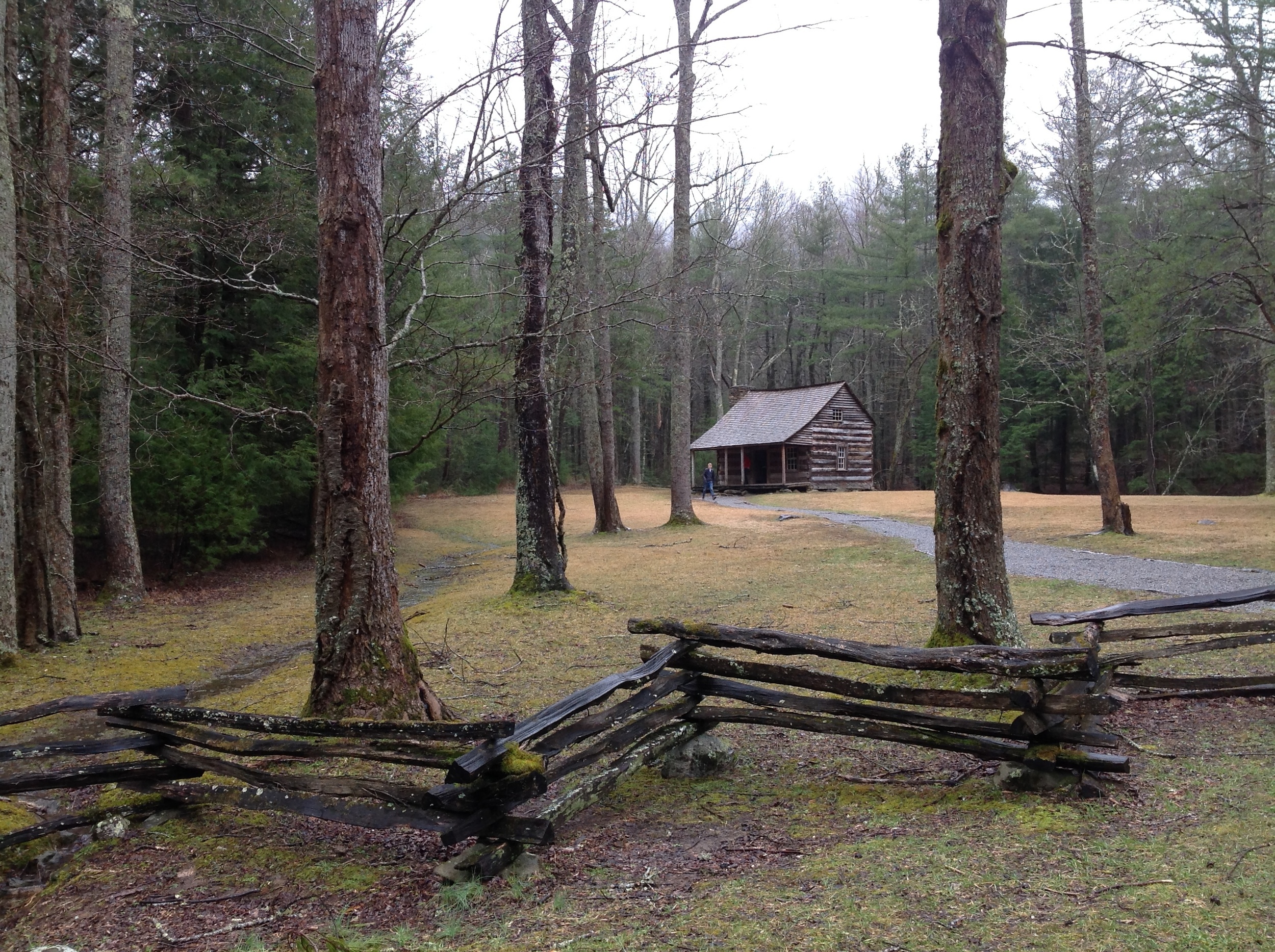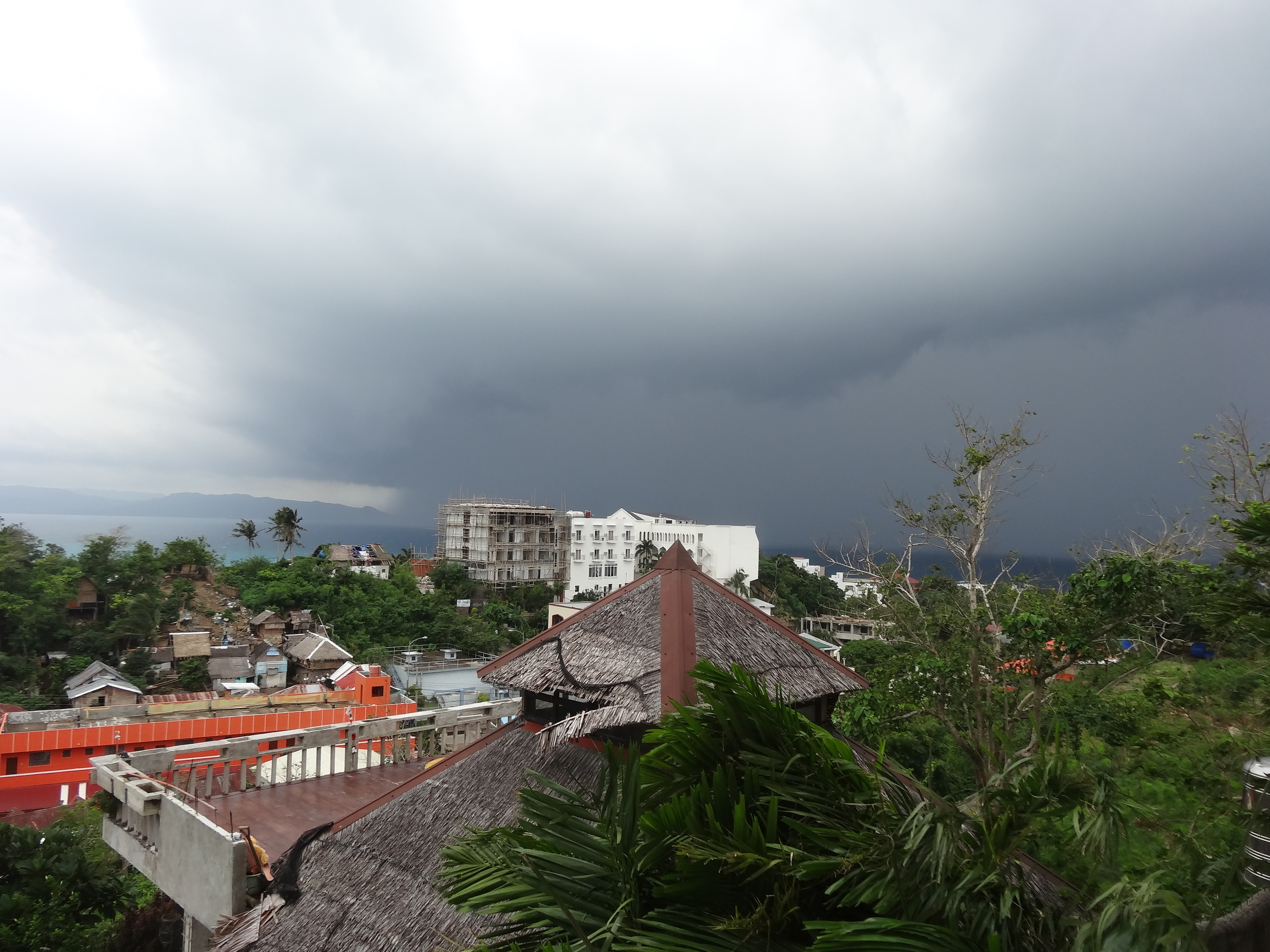Publications
Peer-reviewed
Hoffman, A., K. Christianson, C.-Y. Lai, I. Joughin, N. Holschuh, E. Case, J. Kingslake & the GHOST science team. (2025) Inland migration of near-surface crevasses in the Amundsen Sea Sector, West Antarctica. The Cryosphere, 19, 1353–1372. https://doi.org/10.5194/tc-19-1353-2025
Hoffman, A., H. Conway, J. Anselin, K.W. Nicholls, J. Kingslake, P. Winberry, M.R. Koutnik, K. Christianson & P. Dutrieux. (2025) Discharge promotes melt and formation of submarine ice-shelf channels at the Beardmore Glacier grounding zone. Journal of Geophysical Research: Earth Surface, 130(5).
Creel, R., J. Austermann, R. Kopp, N. Khan, T. Albrecht & J. Kingslake. (2024) Global mean sea level likely higher than present during the Holocene. Nature Communications, 15, 10731.
Lu, G. & J. Kingslake. (2024) Two-way coupling between ice flow and channelized subglacial drainage enhances modeled marine-ice-sheet retreat. The Cryosphere, 18(11), 5301–5321.
Montelli, A. & J. Kingslake. (2023) Geothermal heat flux is the dominant source of uncertainty in englacial-temperature-based dating of ice rise formation. The Cryosphere, 17(1), 195–210.
Austermann, J., A.D. Wickert, T. Pico, J. Kingslake, K.L. Callaghan & R.C. Creel. (2022) Glacial isostatic adjustment shapes proglacial lakes over glacial cycles. Geophysical Research Letters, 49(24), e2022GL101191.
Case, E. & J. Kingslake. (2022) Phase-sensitive radar as a tool for measuring firn compaction. Journal of Glaciology, 68(267), 139–152.
Hoffman, A., K. Christianson, N. Holschuh, E. Case, J. Kingslake & R. Arthern. (2022) The impact of basal roughness on inland Thwaites Glacier sliding. Geophysical Research Letters, 49(14), e2021GL096564.
Jenson, A., J.M. Amundson, J. Kingslake & E. Hood. (2022) Long-period variability in ice-dammed glacier outburst floods due to evolving catchment geometry. The Cryosphere, 16(1), 333–347.
Karplus, M.S., T.J. Young, S. Anandakrishnan, J.N. Bassis, E.H. Case, A.J. Crawford, A. Gold, L. Henry, J. Kingslake & A.A. Lehrmann. (2022) Strategies to build a positive and inclusive Antarctic field work environment. Annals of Glaciology, 63(87–89), 125–131.
Kingslake, J., R. Skarbek, E. Case & C. McCarthy. (2022) Grain-size evolution controls the accumulation dependence of modelled firn thickness. The Cryosphere, 16(9), 3413–3430.
Rennermalm, Å.K., R. Hock, F. Covi, J. Xiao, G. Corti, J. Kingslake, S.Z. Leidman, C. Miège, M. Macferrin & H. Machguth. (2022) Shallow firn cores 1989–2019 in southwest Greenland’s percolation zone reveal decreasing density and ice layer thickness after 2012. Journal of Glaciology, 68(269), 431–442.
Stevens, L.A., M. Nettles, J.L. Davis, T.T. Creyts, J. Kingslake, I.J. Hewitt & A. Stubblefield. (2022) Tidewater-glacier response to supraglacial lake drainage. Nature Communications, 13(1), 6065.
Kingslake, J, R. Skarbek, E. Case & C. McCarthy. (2022) Grain-size evolution controls the accumulation dependence of modeled firn thickness. The Cryosphere, 16, 3413–3430. https://doi.org/10.5194/tc-16-3413-2022
Hoffman A.O., K. Christianson, N. Holschuh, E. Case, J. Kingslake & R. Arthern. (2022) The impact of basal roughness on inland Thwaites Glacier sliding. Geophysical Research Letters, 49(14), e2021GL096564. https://doi.org/10.1029/2021GL096564
Jenson, A.J., J.M. Amundson, J. Kingslake & E. Hood. (2022) Long-period variability in ice-dammed glacier outburst floods due to evolving catchment geometry. The Cryosphere, 16, 333–347. https://doi.org/10.5194/tc-16-333-2022
Case, E. and J. Kingslake (2022) Phase-sensitive radar as a tool for measuring firn compaction. Journal of Glaciology, 1-14. https://doi.org/10.1017/jog.2021.83
Stevens, L., M. Nettles, J. Davis, T. Creyts, J. Kingslake, A. Ahlstrøm & T. Larsen (2022) Helheim Glacier diurnal velocity fluctuations driven by surface melt forcing. Journal of Glaciology, 1-13. https://doi.org/doi:10.1017/jog.2021.74
Stubblefield, A.G., T.T. Creyts, J. Kingslake, M.R. Siegfried & M. Spiegelman (2021) Surface Expression and Apparent Timing of Subglacial Lake Oscillations Controlled by Viscous Ice Flow. Geophysical Research Letters, 48(17), p.e2021GL094658.
Wearing, M.G., L. Stevens, P. Dutrieux & J. Kingslake (2021) Ice-shelf basal melt channels stabilized by secondary flow. Geophysical Research Letters, p.e2021GL094872.
Spergel, J.J., J. Kingslake, T. Creyts, M. van Wessem, & H.A. Fricker (2021) Surface meltwater drainage and ponding on Amery Ice Shelf, East Antarctica, 1973–2019. Journal of Glaciology, 1-14. https://doi.org/doi:10.1017/jog.2021.46
Warner, R.C., H.A. Fricker, S. Adusumilli, P.S. Arndt, J. Kingslake and J.J. Spergel (2021) Rapid formation of an ice doline on Amery Ice Shelf, East Antarctica. Geophysical Research Letters. 48, e2020GL091095. https://doi.org/10.1029/2020GL091095
Fricker, H.A., P. Arndt, K.M. Brunt, R.T. Datta, Z. Fair, M.F. Jasinski, J. Kingslake, L.A. Magruder, M. Moussavi, A. Pope & J.J. Spergel (2021) ICESat-2 Meltwater Depth Estimates: Application to Surface Melt on Amery Ice Shelf, East Antarctica. Geophysical Research Letters, 48(8), p.e2020GL090550. https://doi.org/10.1029/2020GL090550
Rennermalm, Å.K., R. Hock, F. Covi, J. Xiao, G. Corti, J. Kingslake, S.Z. Leidman, C. Miège,M. Macferrin, H. Machguth & E. Osterberg (2021) Shallow firn cores 1989–2019 in southwest Greenland's percolation zone reveal decreasing density and ice layer thickness after 2012. Journal of Glaciology, pp.1-12. doi:10.1017/jog.2021.102
Lai C.Y., J. Kingslake, M.G. Wearing, P-H. C. Chen, P. Gentine, H. Li, J. Spergel, M. van Wessem (2020) Vulnerability of Antarctica’s ice shelves to meltwater-driven fracture, Nature, 584(7822), 574–578. https://doi.org/10.1029/2020GL091095
Wearing, M.G., J. Kingslake & M.G. Worster (2020) Can unconfined ice shelves provide buttressing via hoop stresses? Journal of Glaciology, 1-13. https://doi.org/10.1017/jog.2019.101
Siegert, M.J., J. Kingslake, N. Ross, P.L. Whitehouse, J. Woodward, S.S. Jamieson, M.J. Bentley, K. Winter, M. Wearing, A.S. Hein, H. Jeofry (2019) Major ice sheet change in the Weddell Sea Sector of West Antarctica over the last 5,000 years. Reviews of Geophysics, 57, 1197– 1223. https://doi.org/10.1029/2019RG000651
Boghosian, A.L., M.J. Pratt, M.K. Becker, S.I. Cordero, T. Dhakal, J. Kingslake, C.D. Locke, K.J. Tinto, R.E. Bell (2019) Inside the ice shelf: using augmented reality to visualise 3D lidar and radar data of Antarctica. The Photogrammetric Record, 34(168), 346-364.(pdf)
Stubblefield, A.G., T. Creyts, J. Kingslake, M. Spiegelman (2019) Modeling oscillations in connected glacial lakes. Journal of Glaciology. 65(253), pp.745-758. https://doi.org/10.1017/jog.2019.46 (pdf)
Wearing, M.G. and J. Kingslake (2019) Holocene Formation of Henry Ice Rise, West Antarctica, Inferred from Ice-Penetrating Radar. Journal of Geophysical Research: Earth Surface. 124, 8, 2224-2240, doi.org/10.1029/2018JF004988
Brisbourne, A.M., C. Martin, A.M. Smith, A.F. Baird, J.M. Kendall, J. Kingslake (2019) Constraining Recent Ice Flow History at Korff Ice Rise, West Antarctica, Using Radar and Seismic Measurements of Ice Fabric. Journal of Geophysical Research: Earth Surface, 124(1), 175-194 https://doi.org/10.1029/2018JF004776
Bell, R.E, A.F. Banwell, L.D. Trusel, J. Kingslake (2018) Antarctic surface hydrology and impacts on ice-sheet mass balance, Nature Climate Change, 8, 1044–1052 https://doi.org/10.1038/s41558-018-0326-3
Shackleton, C., H. Patton, A. Hubbard, M. Winsborrow, J. Kingslake, M. Esteves, K. Andreassen and S.L. Greenwood, S.L. (2018) Subglacial water storage and drainage beneath the Fennoscandian and Barents Sea ice sheets. Quaternary Science Reviews, 201, 13–28, https://doi.org/10.1016/j.quascirev.2018.10.007 (pdf)
Kingslake, J., R.P. Scherer, T. Albrecht, J. Coenen, R.D. Powell, R. Reese, N.D. Stansell, S. Tulaczyk, M.G. Wearing & P.L. Whitehouse (2018) Extensive retreat and re-advance of the West Antarctic Ice Sheet during the Holocene. Nature, 558(7710), 430–434. (pdf)
Kingslake, J., J.C. Ely, I. Das, & R.E. Bell (2017) Widespread movement of meltwater onto and across Antarctic ice shelves. Nature, 544(7650), 349-352. (pdf)
Bell, R.E., W. Chu, J. Kingslake, I. Das, M. Tedesco, K.J. Tinto, C.J. Zappa, M. Frezzotti, A. Boghosian & W.S. Lee (2017) Antarctic ice shelf potentially stabilized by export of meltwater in surface river. Nature, 544(7650), 344-348. (pdf)
Livingstone, S.J. , W. Chu, J.C. Ely & J. Kingslake (2017) Palaeofluvial and subglacial channel networks beneath Humboldt Glacier, Greenland. Geology, G38860-1. (pdf)
Kingslake, J., C. Martín, R.J. Arthern, H.F.J. Corr & E.C. King. (2016) Ice-flow reorganization in West Antarctica 2.5 kyr ago dated using radar-derived englacial flow velocities. Geophys. Res. Lett. 43, https://doi.org/10.1002/2016GL070278. (pdf)
Matsuoka, K. & 19 others (including J. Kingslake) (2015) Antarctic ice rises and rumples: their properties and significance for ice-sheet dynamics and evolution. Earth Sci. Rev., 150, 724-745. (pdf)
Evatt, W.E, D. Abrahams, M. Heil, C. Mayer, J. Kingslake, S.L. Mitchell, A.C. Fowler & C.D. Clark (2015) Glacial melt under a porous debris layer. J. Glaciol., 61(229), 825-836. (pdf)
Kingslake, J. (2015) Chaotic dynamics of a glaciohydraulic model. J. Glaciol., 61(227), 493. (pdf)
Kingslake, J., F. Ng & A. Sole (2015) Modelling channelized surface drainage of supraglacial lakes. J. Glaciol., 61(225), 185-199. (pdf)
Kingslake, J., R.C.H. Hindmarsh, G. Aðalgeirsdóttir, H. Conway, H.F.J. Corr, F. Gillet-Chaulet, C. Martín, E.C. King, R. Mulvaney & H.D. Pritchard. (2014) Full-depth englacial vertical ice-sheet velocities measured using phase-sensitive radar. J. Geophys. Res. Earth Surf., 119, 2604–2618. (pdf)
Livingstone, S.J., C.D. Clark, J. Woodward & J. Kingslake (2013) Potential subglacial lake locations and meltwater drainage pathways beneath the Antarctic and Greenland ice sheets. Cryosphere, 7(6), 1721-1740. (pdf)
Siegert, M., N. Ross, H.F.J. Corr, J. Kingslake & R.C.H. Hindmarsh (2013) Late Holocene ice-flow reconfiguration in the Weddell Sea sector of West Antarctica. Quat. Sci. Rev., 78, 98-107. (pdf)
Kingslake, J. and F. Ng (2013) Quantifying the predictability of the timing of jökulhlaups from Merzbacher Lake, Kyrgyzstan. J. Glaciol., 59(217), 805-818. (pdf)
Kingslake, J. and F. Ng (2013) Modelling the coupling of flood discharge with glacier flow during jökulhlaups. Ann. Glaciol., 54(63), 25-31. (pdf)
Unreviewed reports
Kingslake, J., L D. Trusel, A. Banwell, R. E. Bell, I. Das, R. M. DeConto, M. Tedesco, J. T. M. Lenaerts, C. Schoof.
Report on Antarctic surface hydrology workshop, LDEO, 2018. USAP-DC, https://doi.org/10.15784/601170
Datasets
Kingslake, J. "Polarimetric phase sensitive radar from Korff Ice Rise, West Antarctica, 2014" (2018) Polar Data Centre, Natural Environment Research Council, UK Research & Innovation. https://doi.org/10.5285/fc7e78d8-ae93-43cc-ade7-181b3af17a3e
Kingslake, J. “Dual-frequency Global Positioning System measurements of snow-stake positions at ice divides in the Ronne Ice Shelf region.” (2015) Polar Data Centre, Natural Environment Research Council, UK Research & Innovation. https://doi.org/10.5285/f8e3f18f-8c2e-4f2d-a2fb-794a48a1c26c
Kingslake, J. “Phase-sensitive radar measurements near ice divides on ice rises in the Ronne Ice Shelf region.” Polar Data Centre, Natural Environment Research Council, UK Research & Innovation. https://doi.org/10.5285/f27e42e6-8abf-4970-81c8-270529f8295f
Kingslake, J. “Ground-based ice-penetrating radar surveys of ice rises in the Ronne Ice Shelf region” Polar Data Centre, Natural Environment Research Council, UK Research & Innovation. https://doi.org/10.5285/e7f0dff3-bd30-482a-939b-61bb2f2c1e57

















